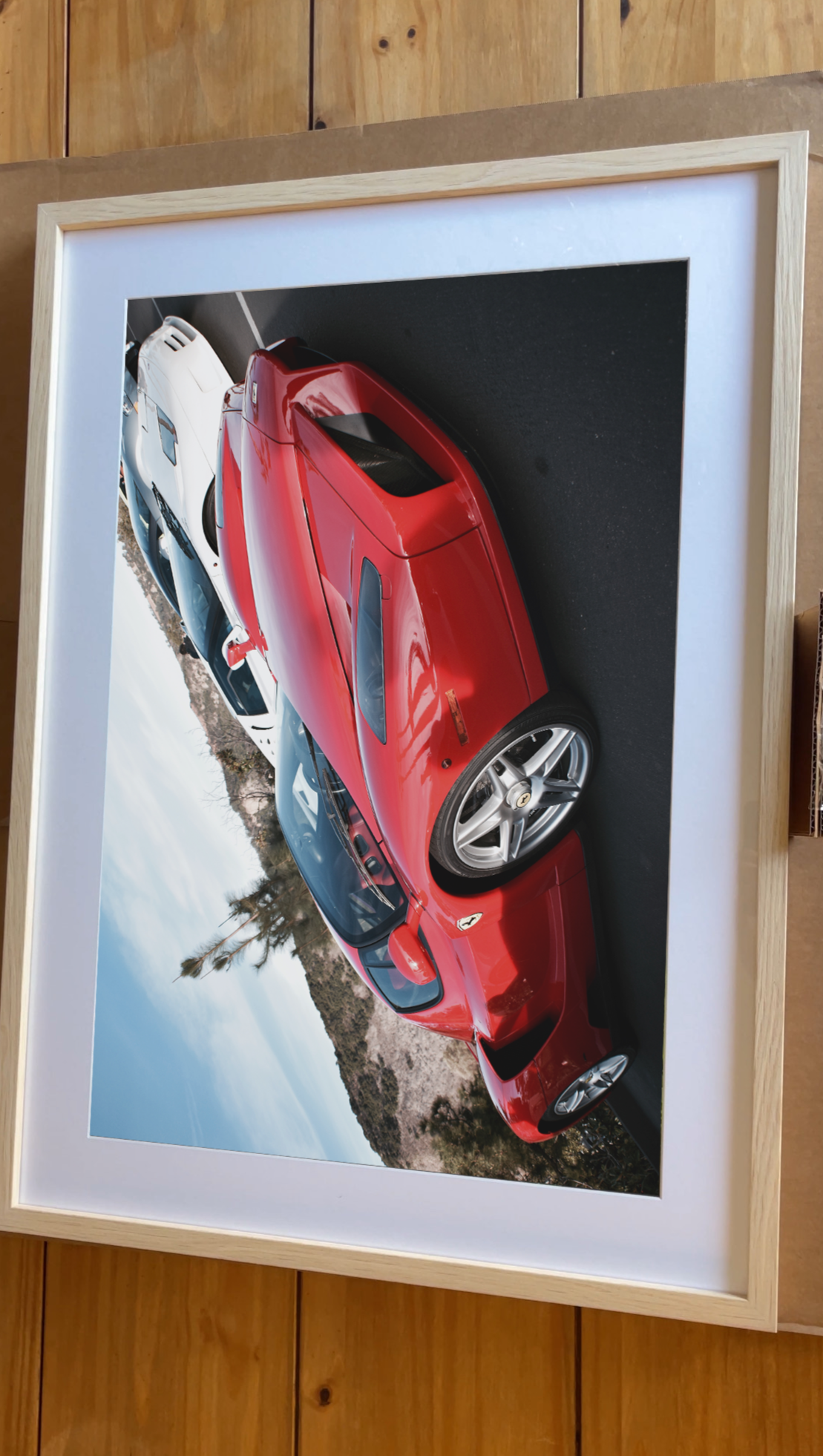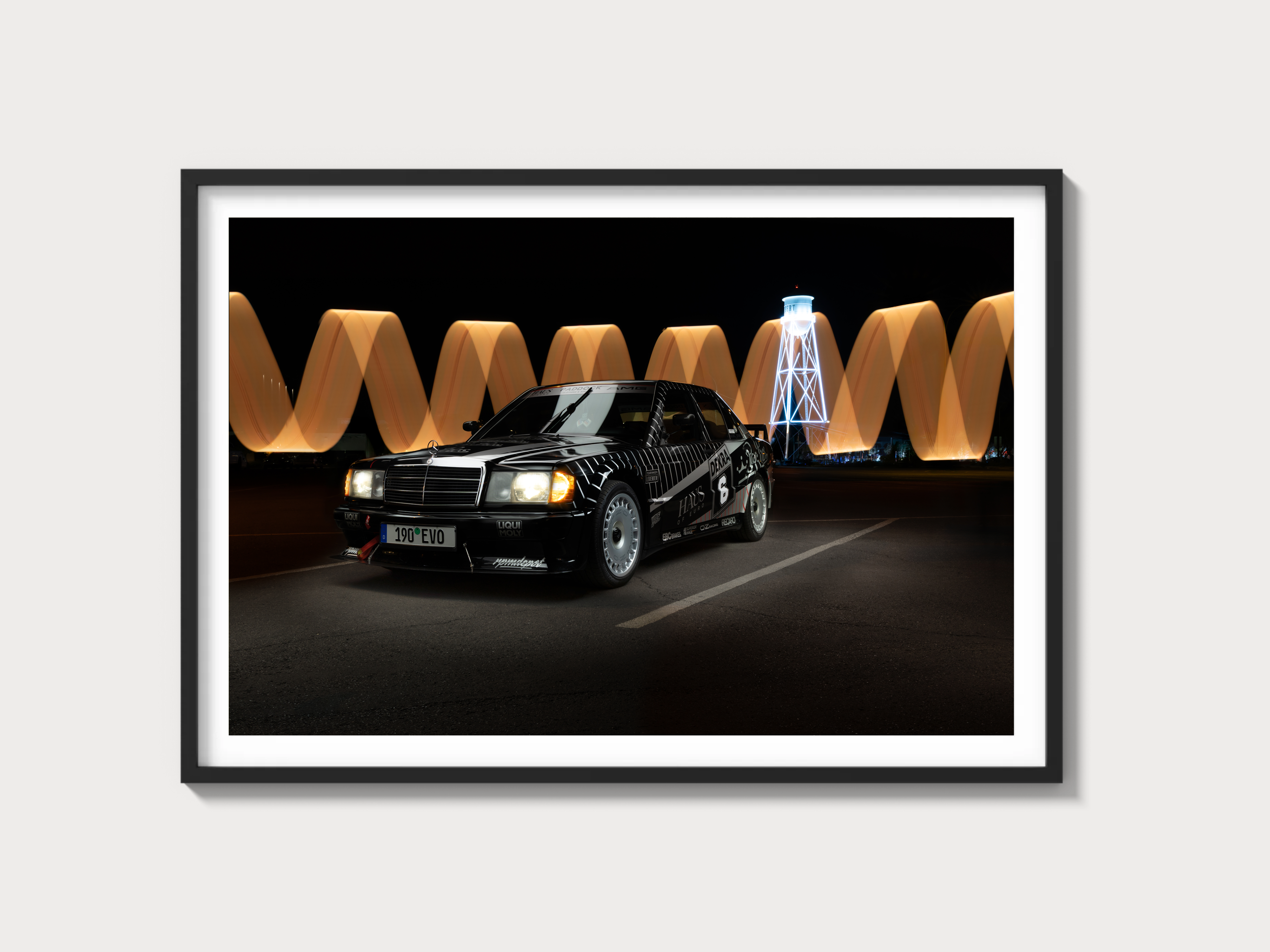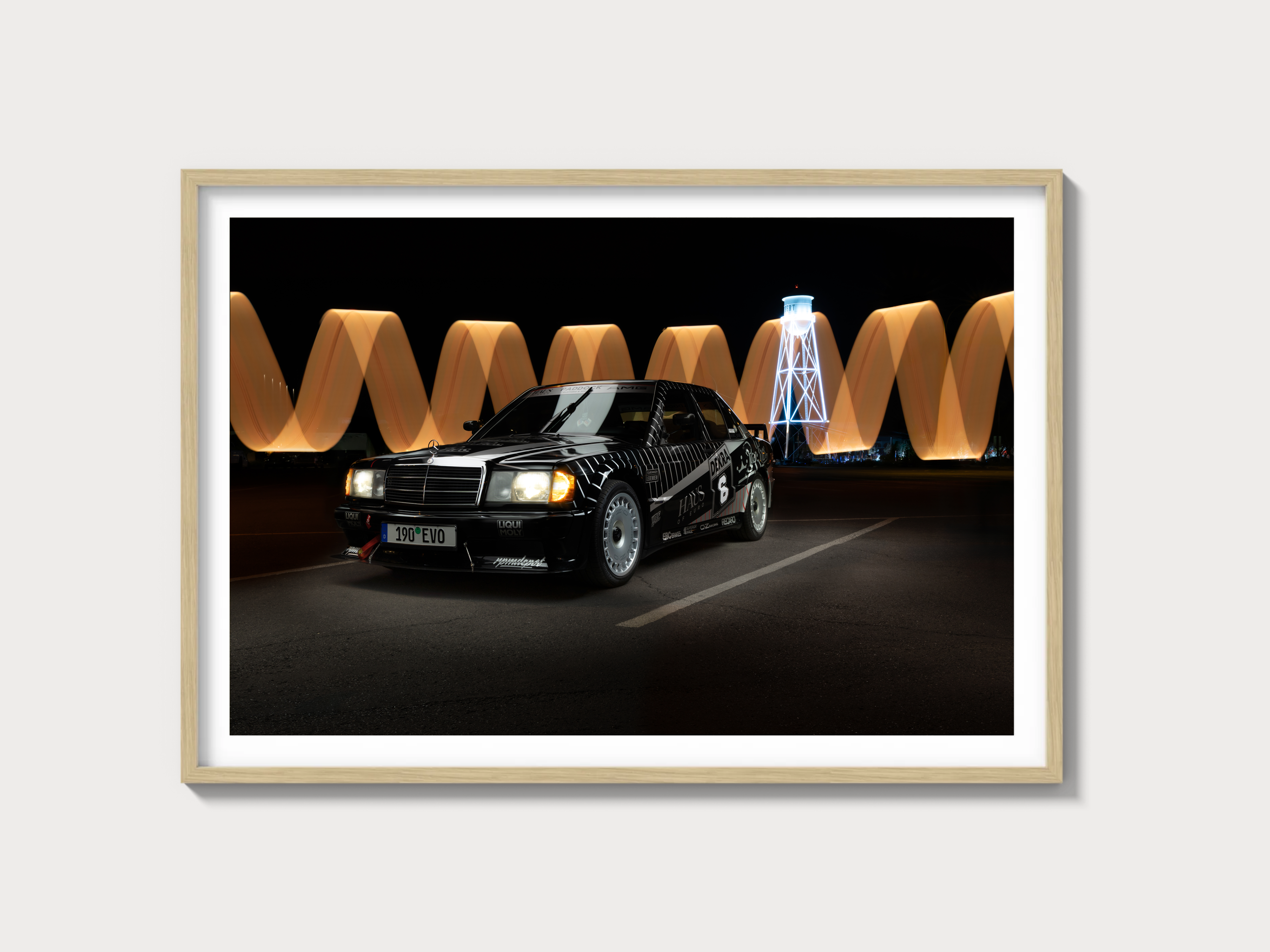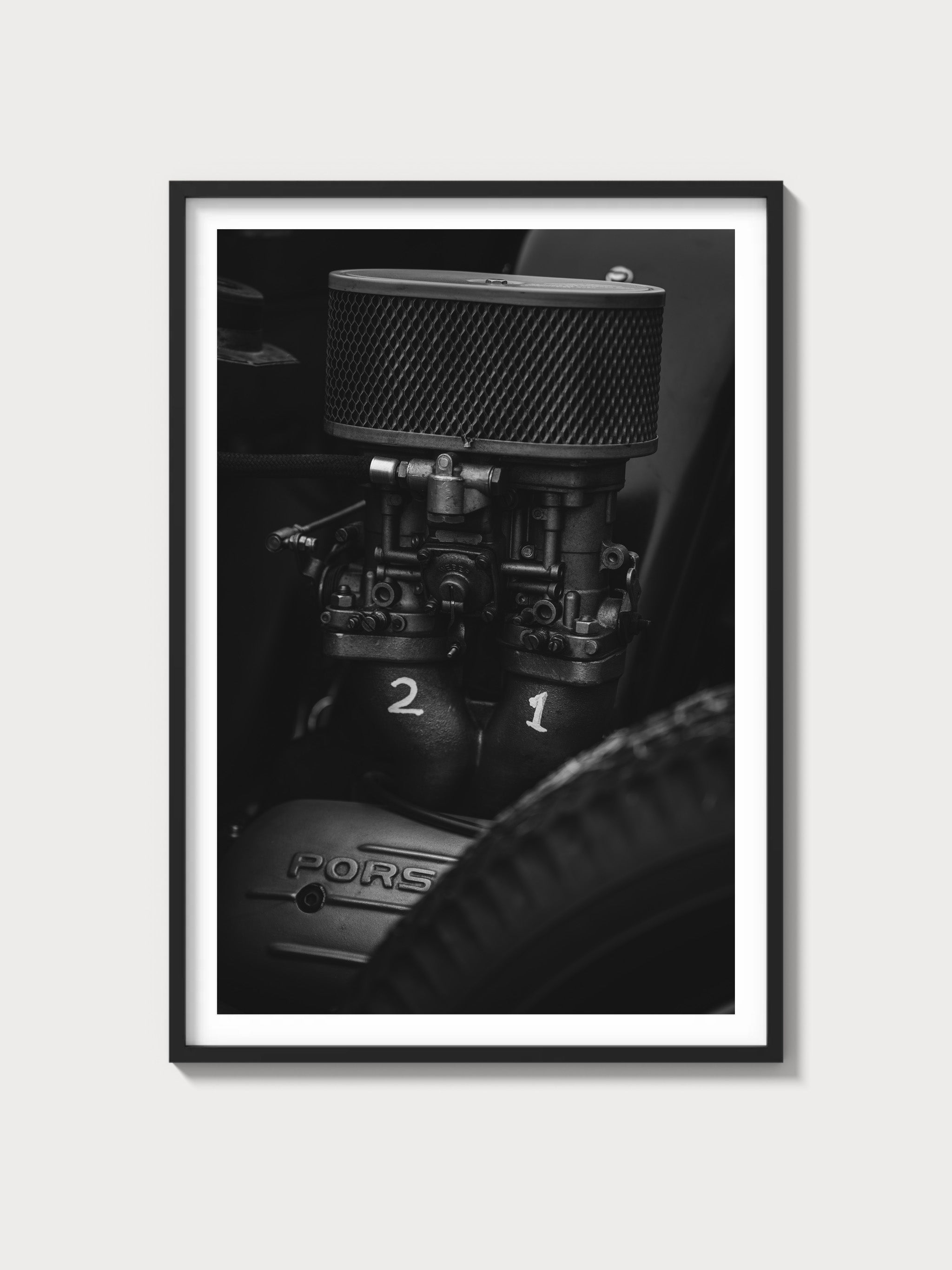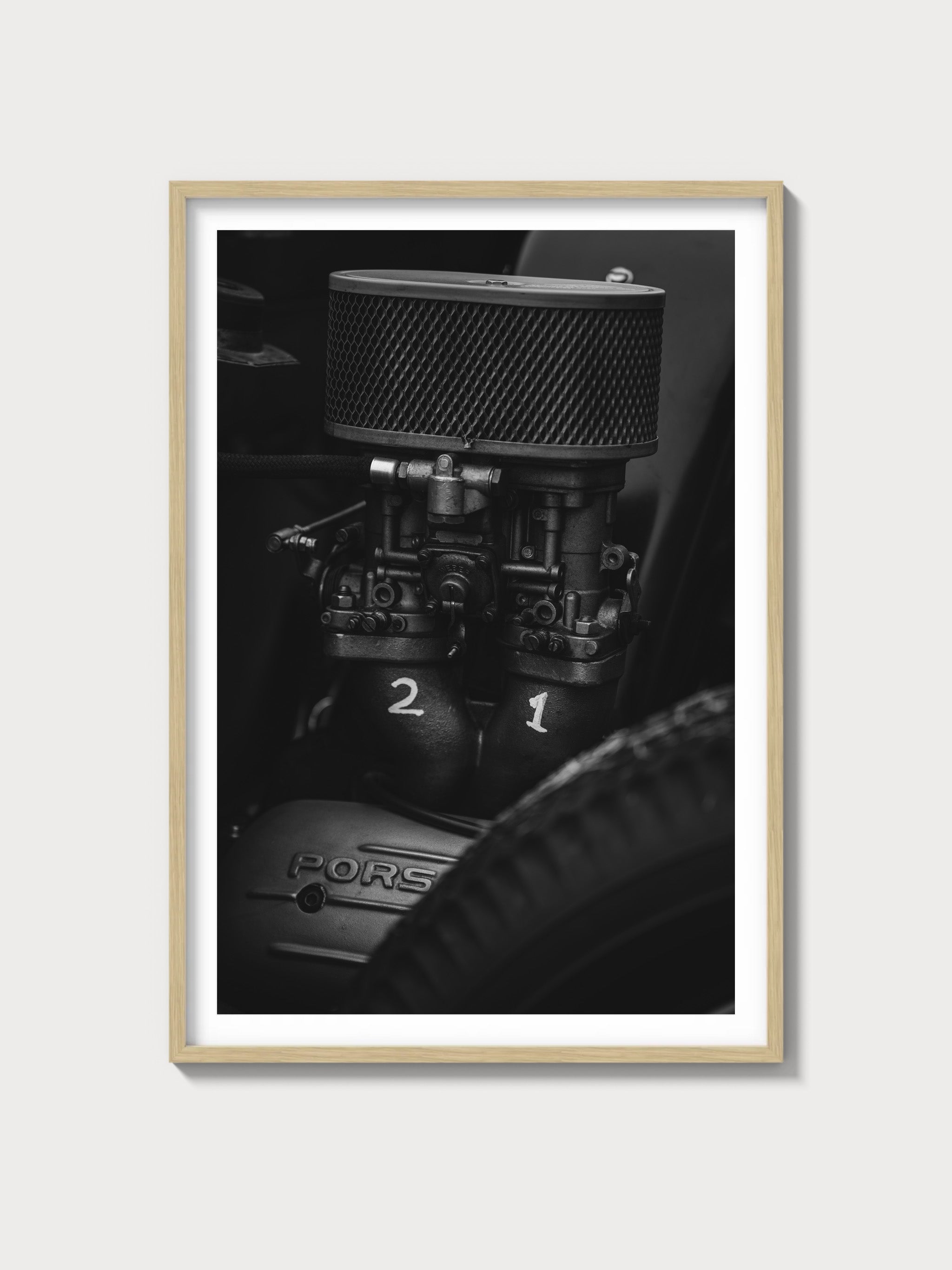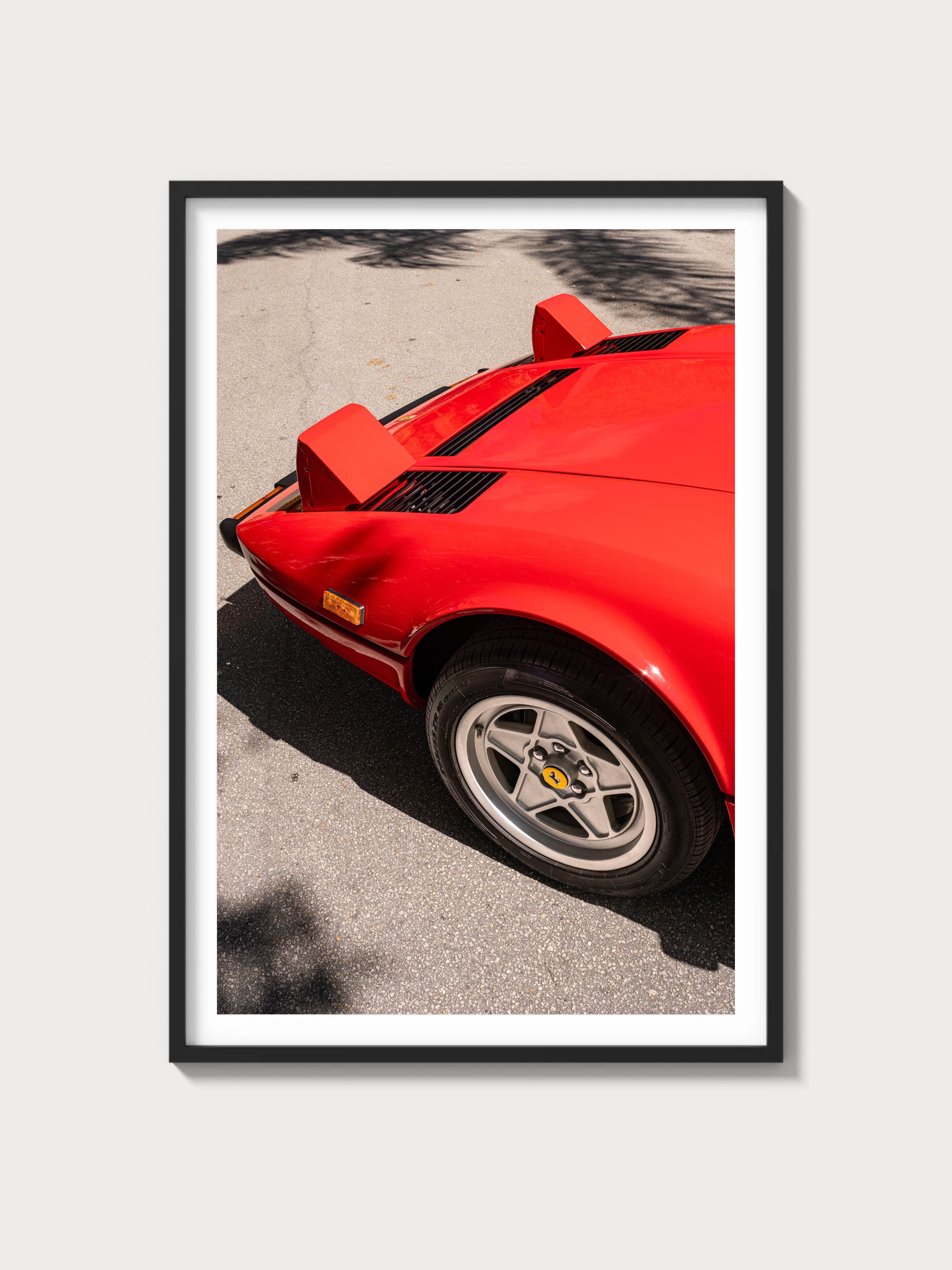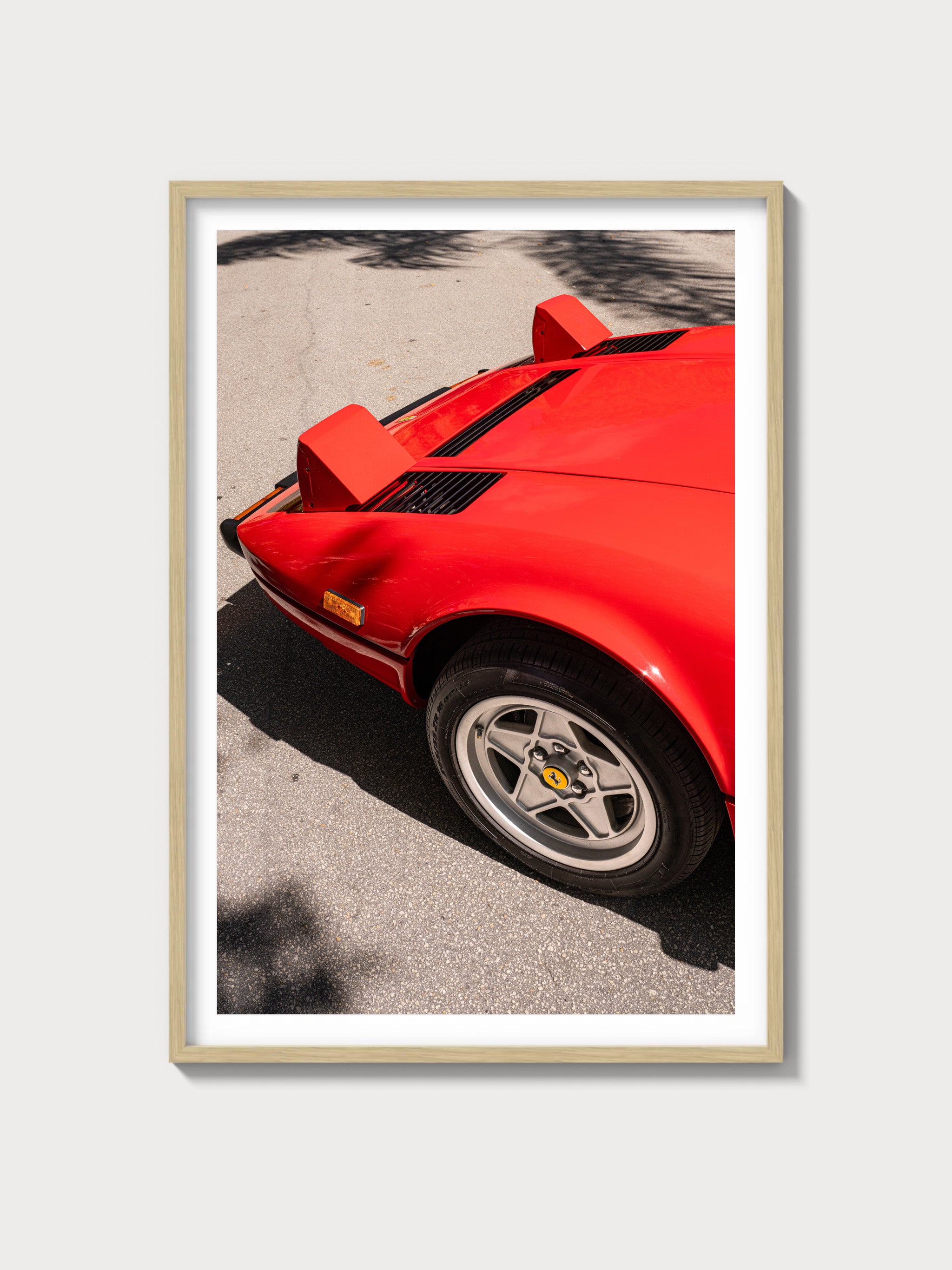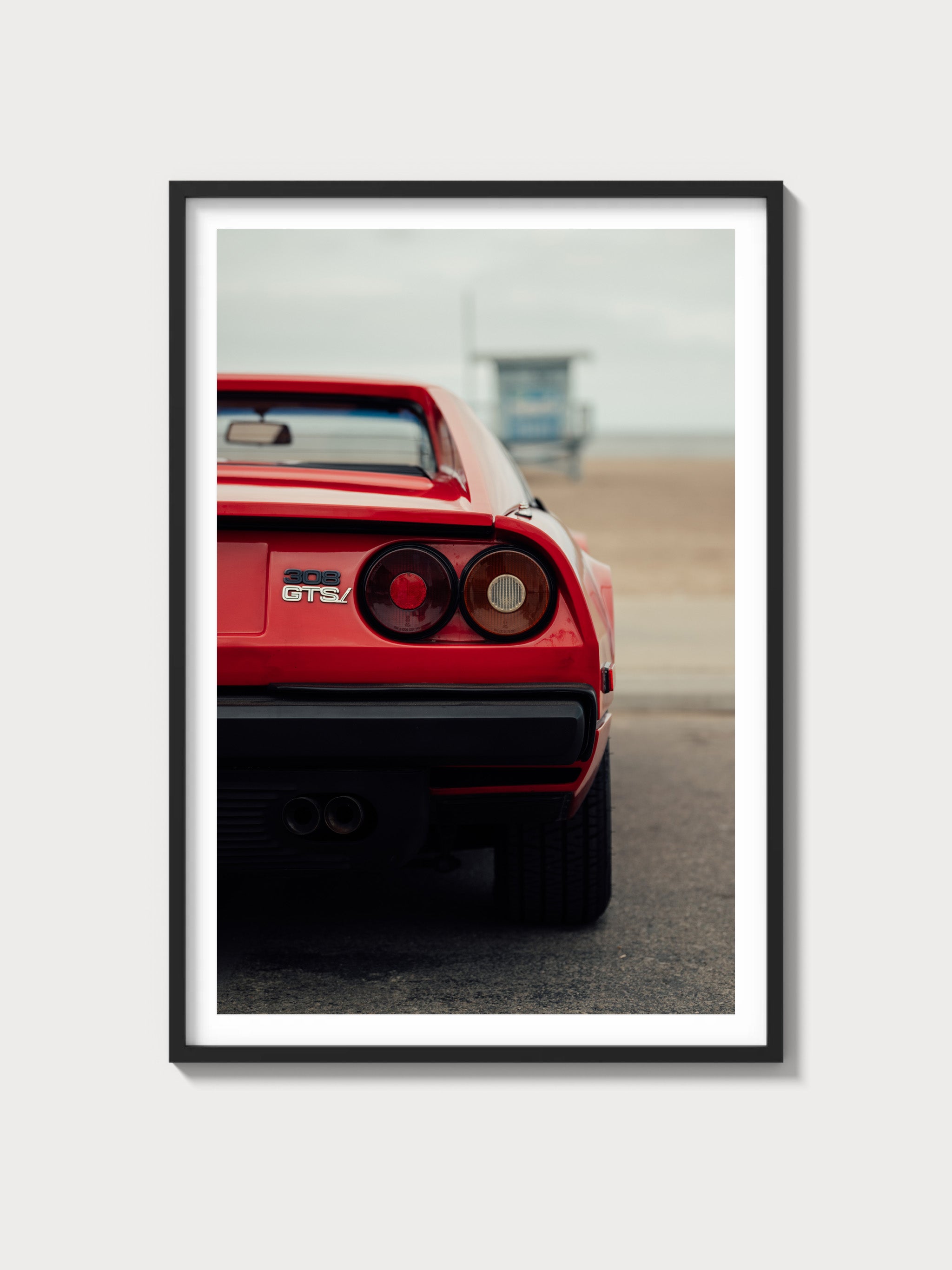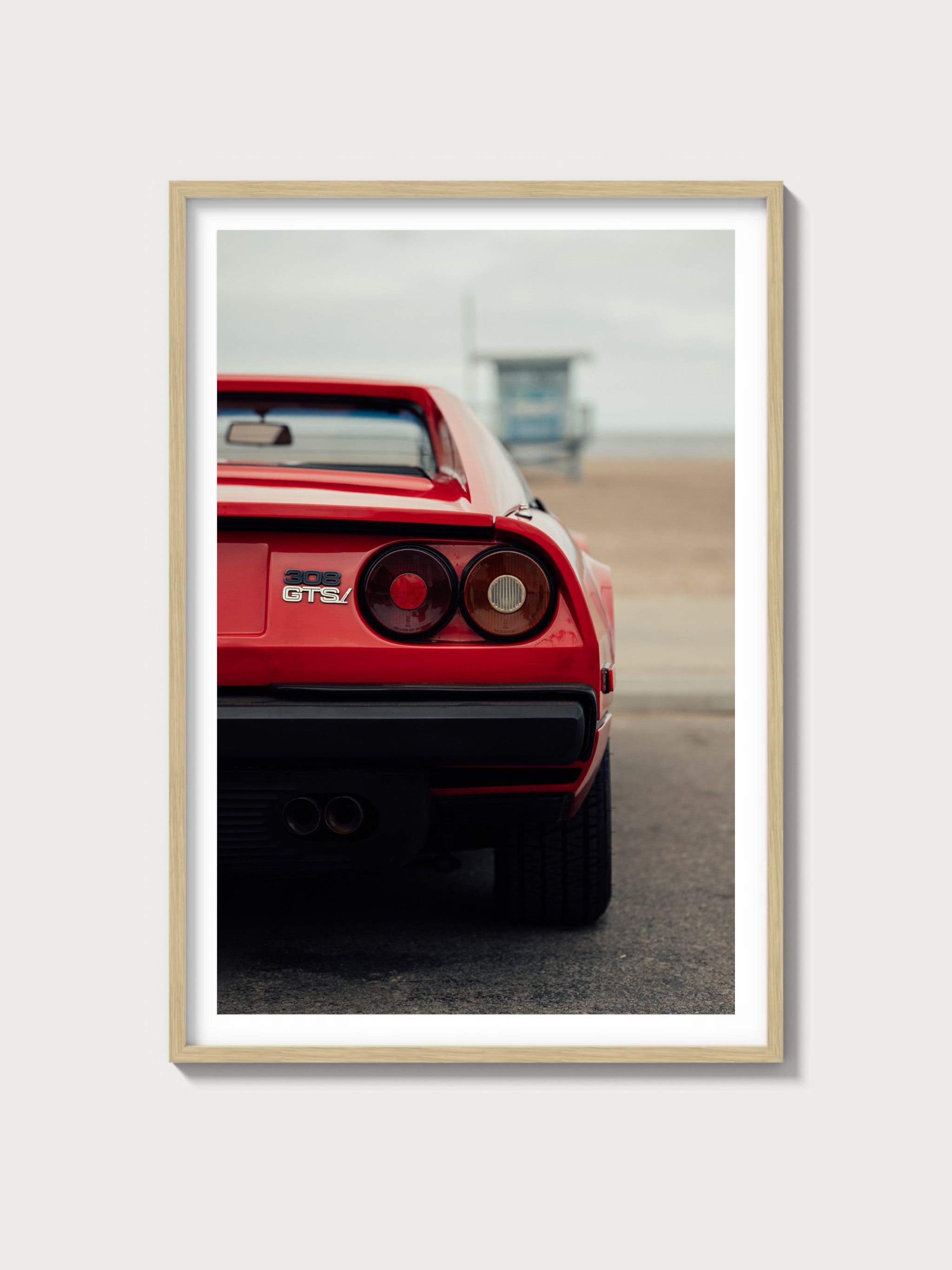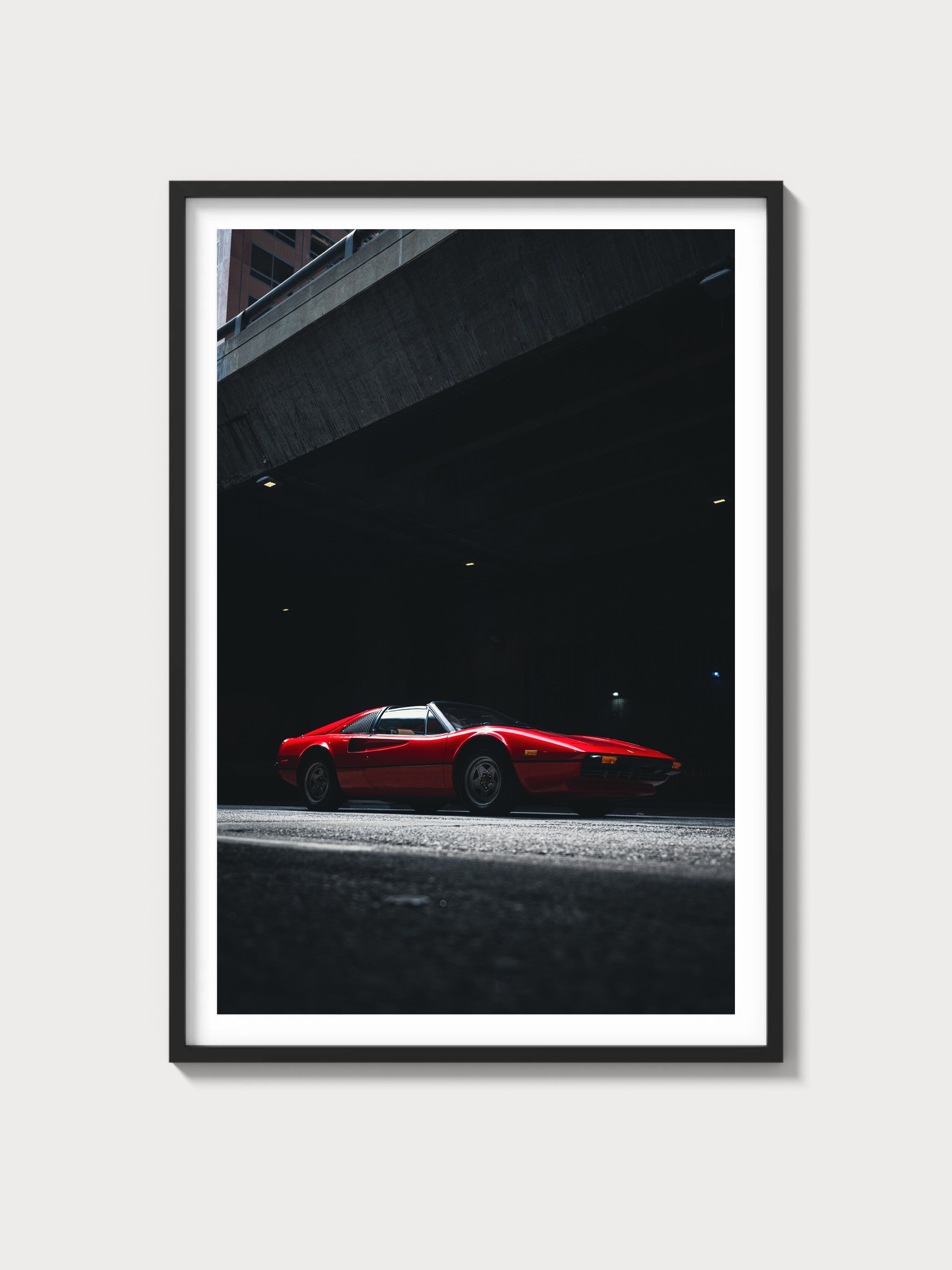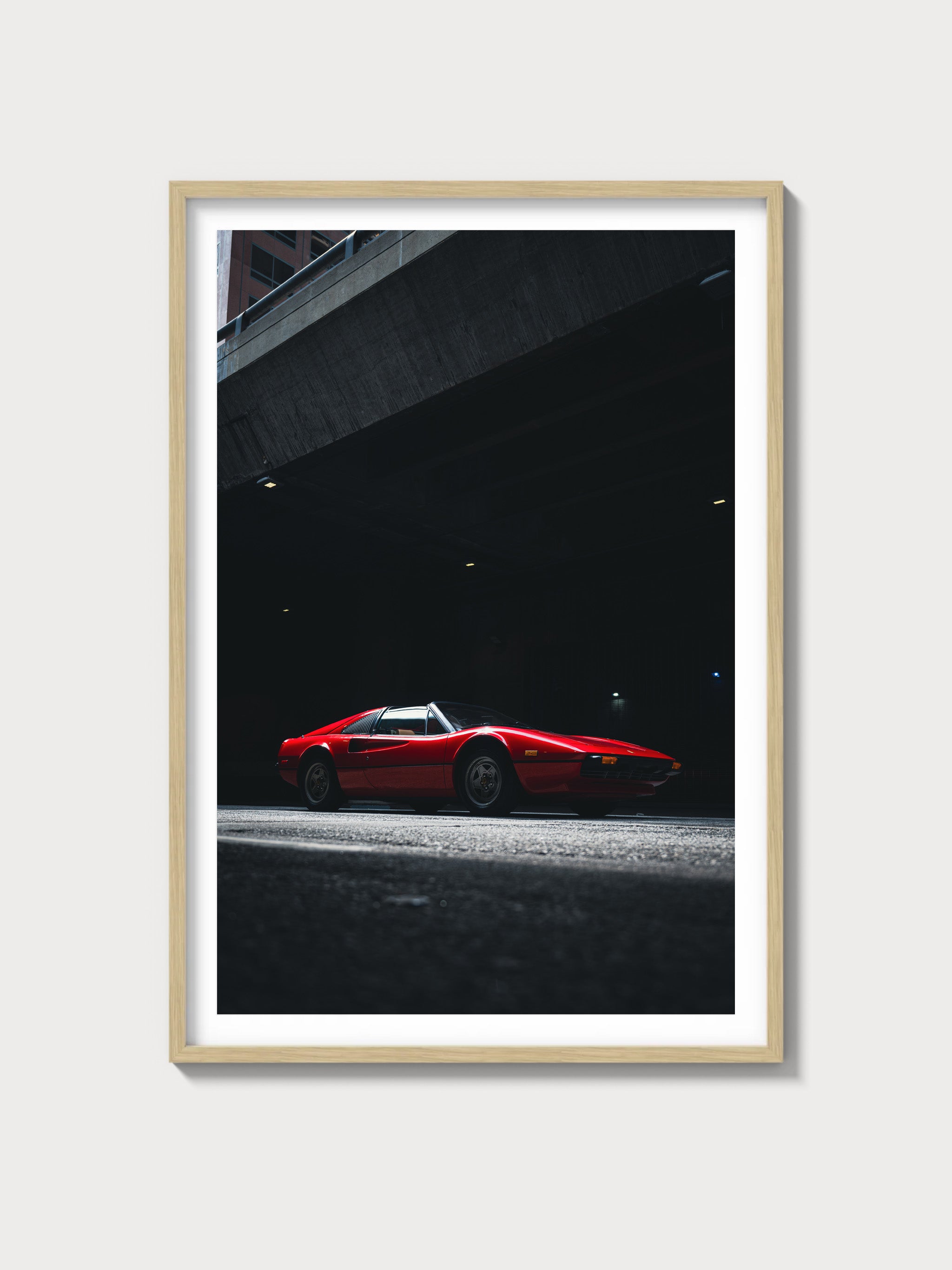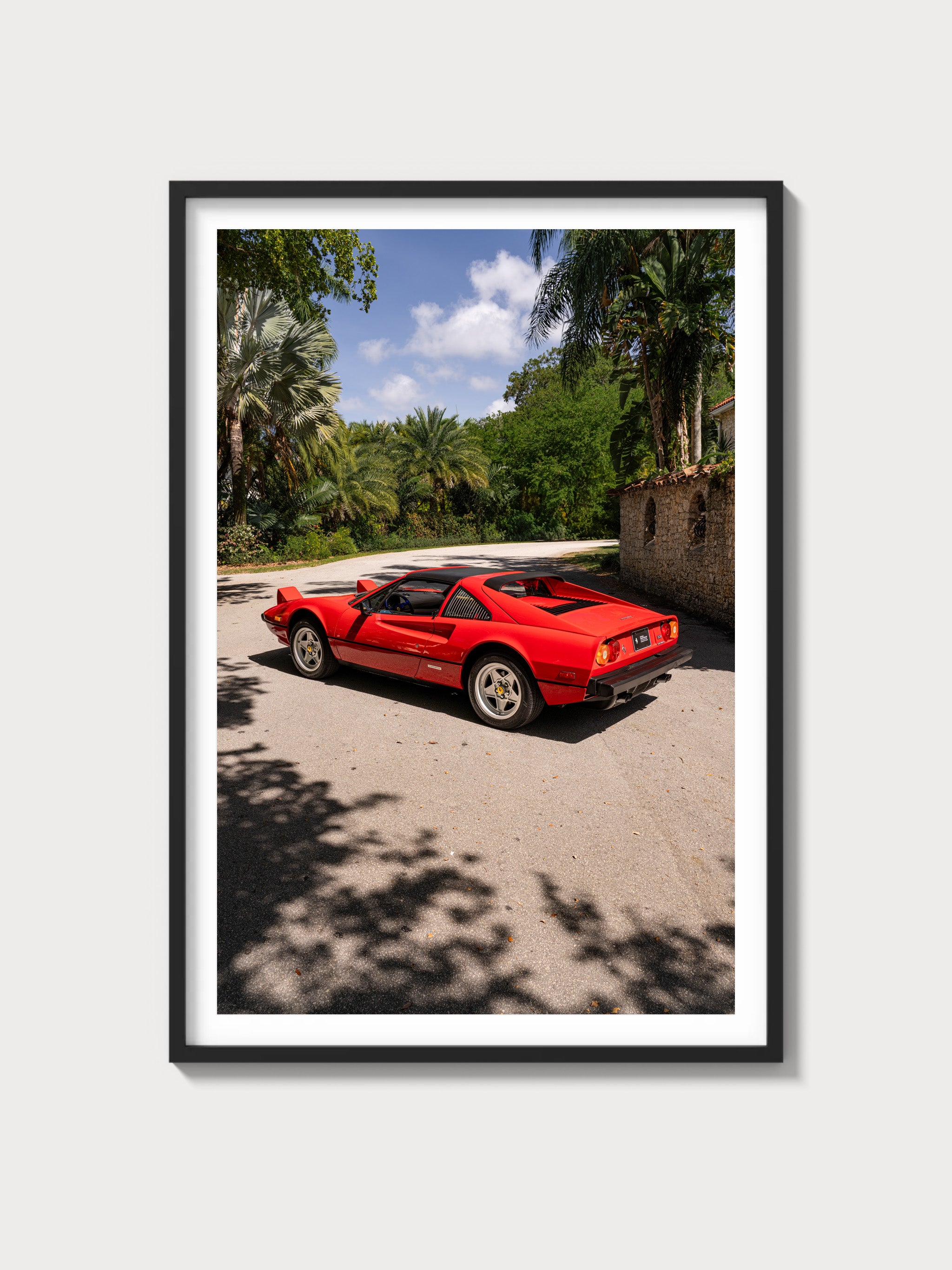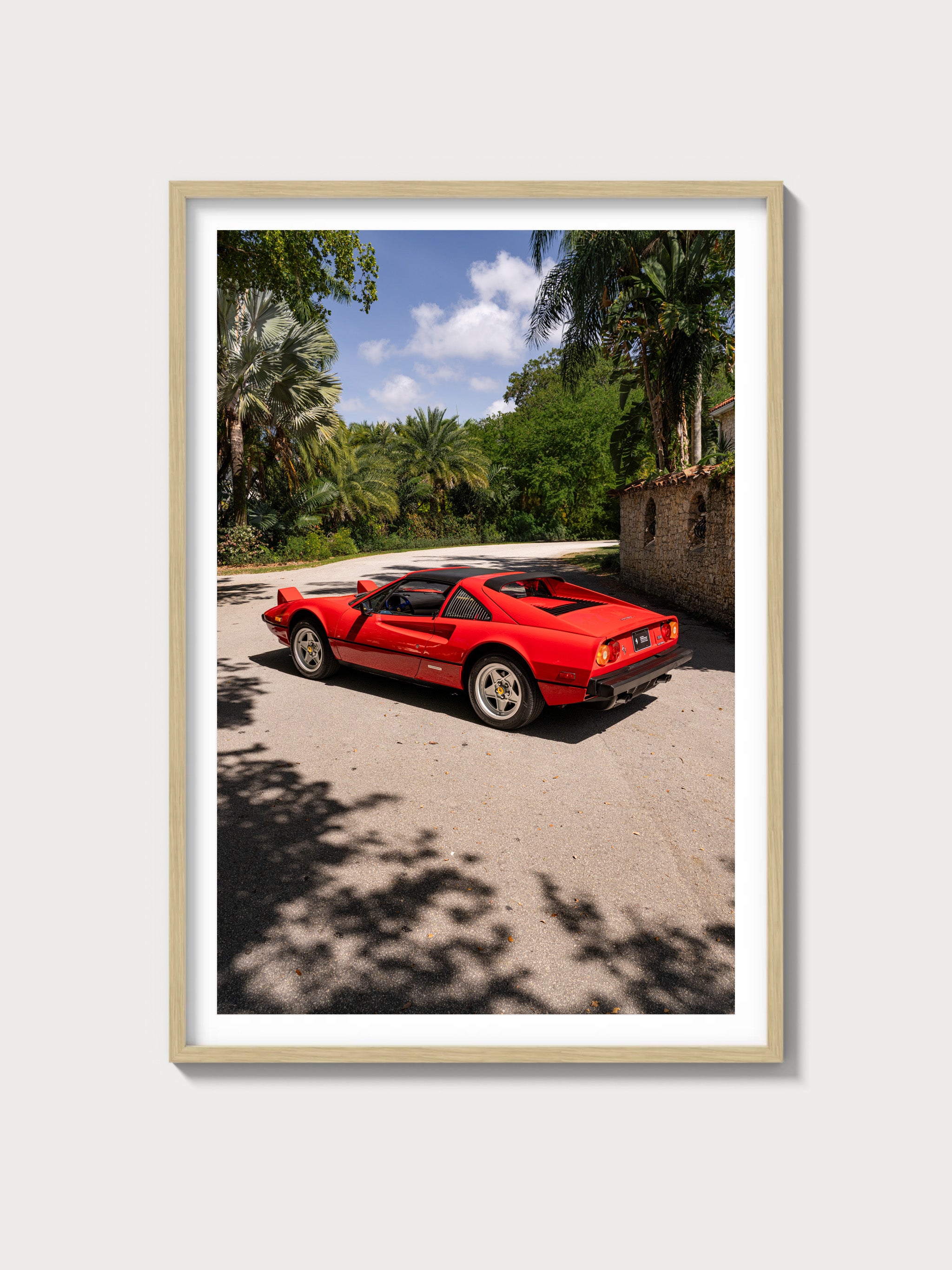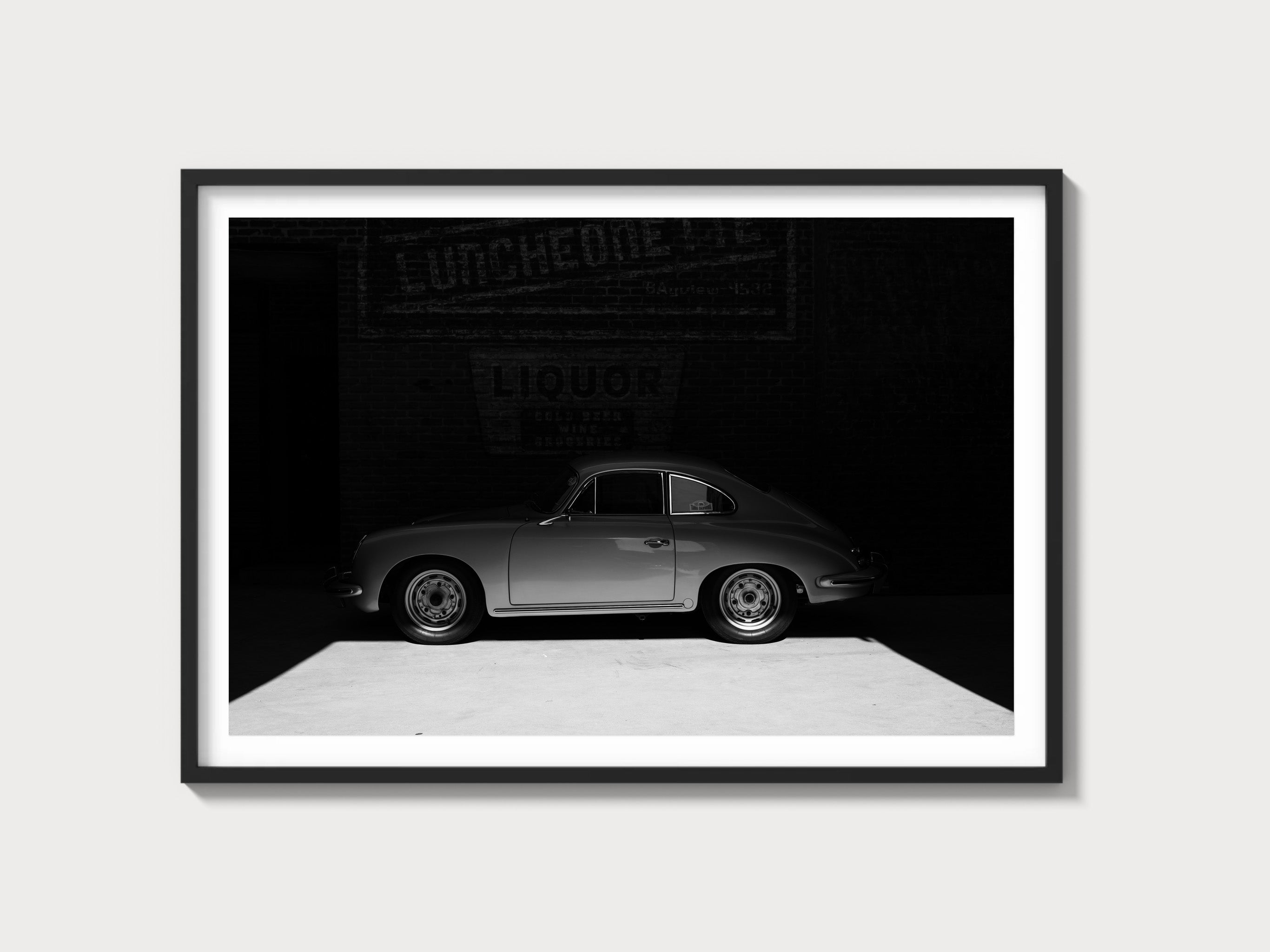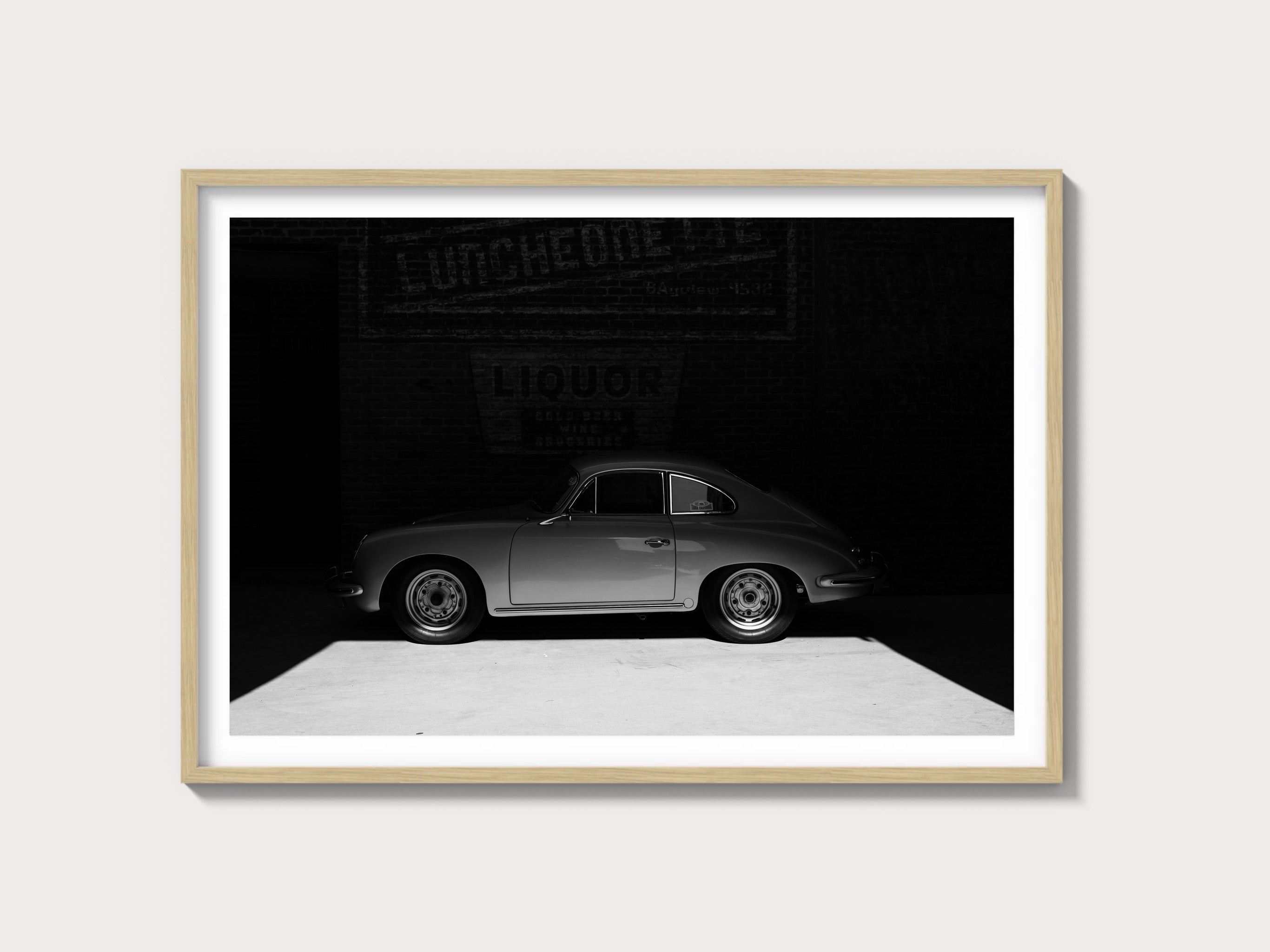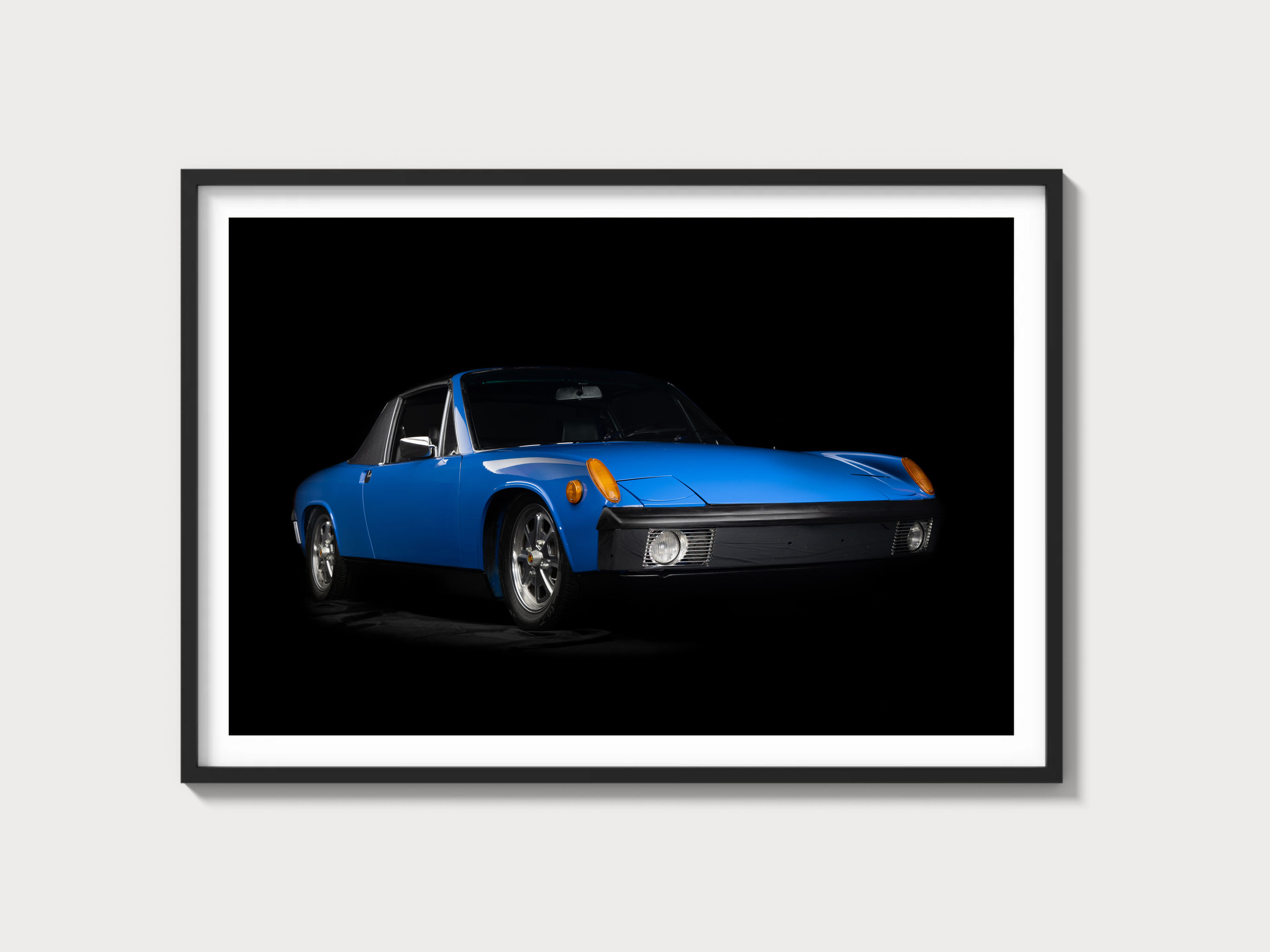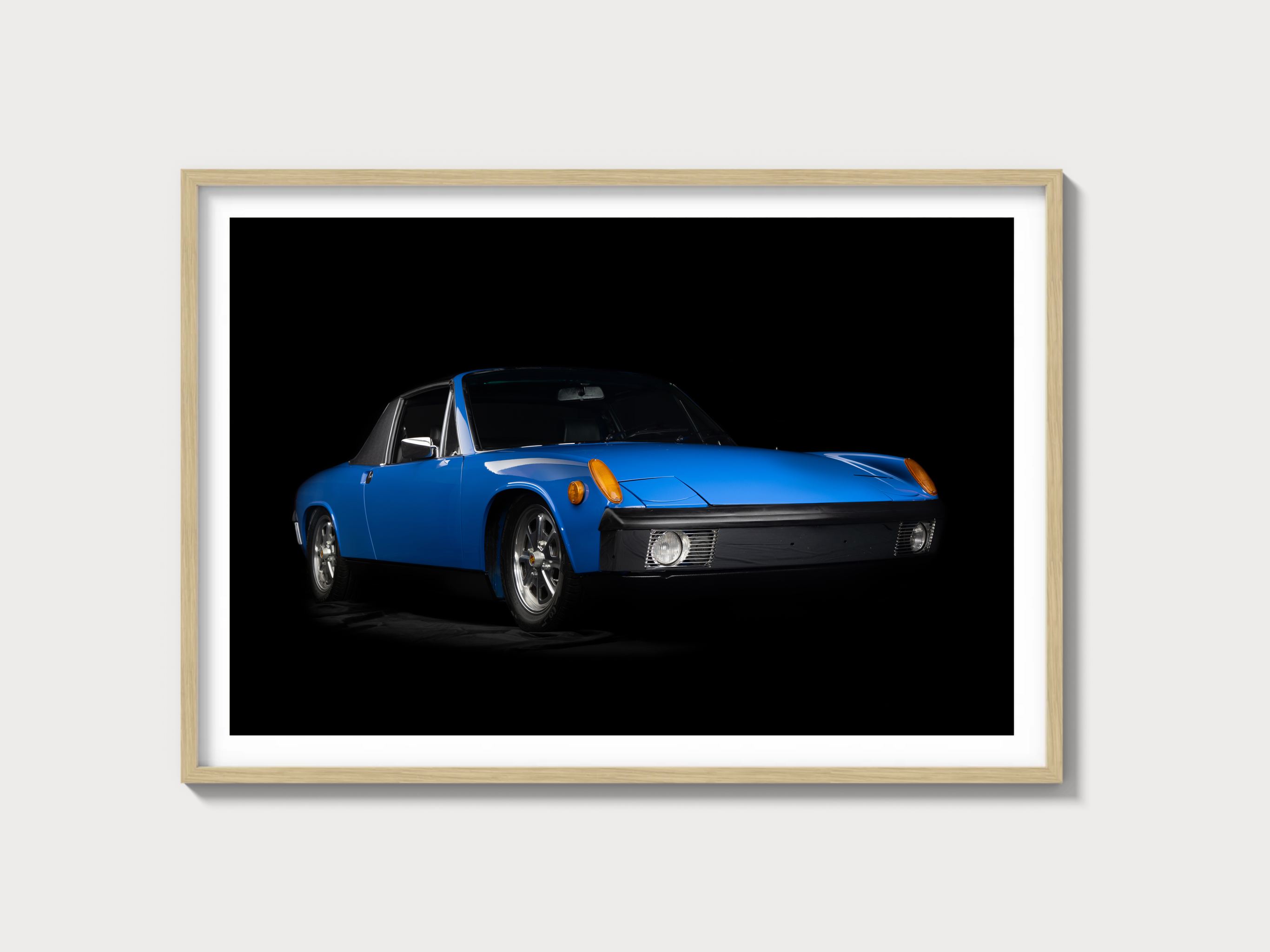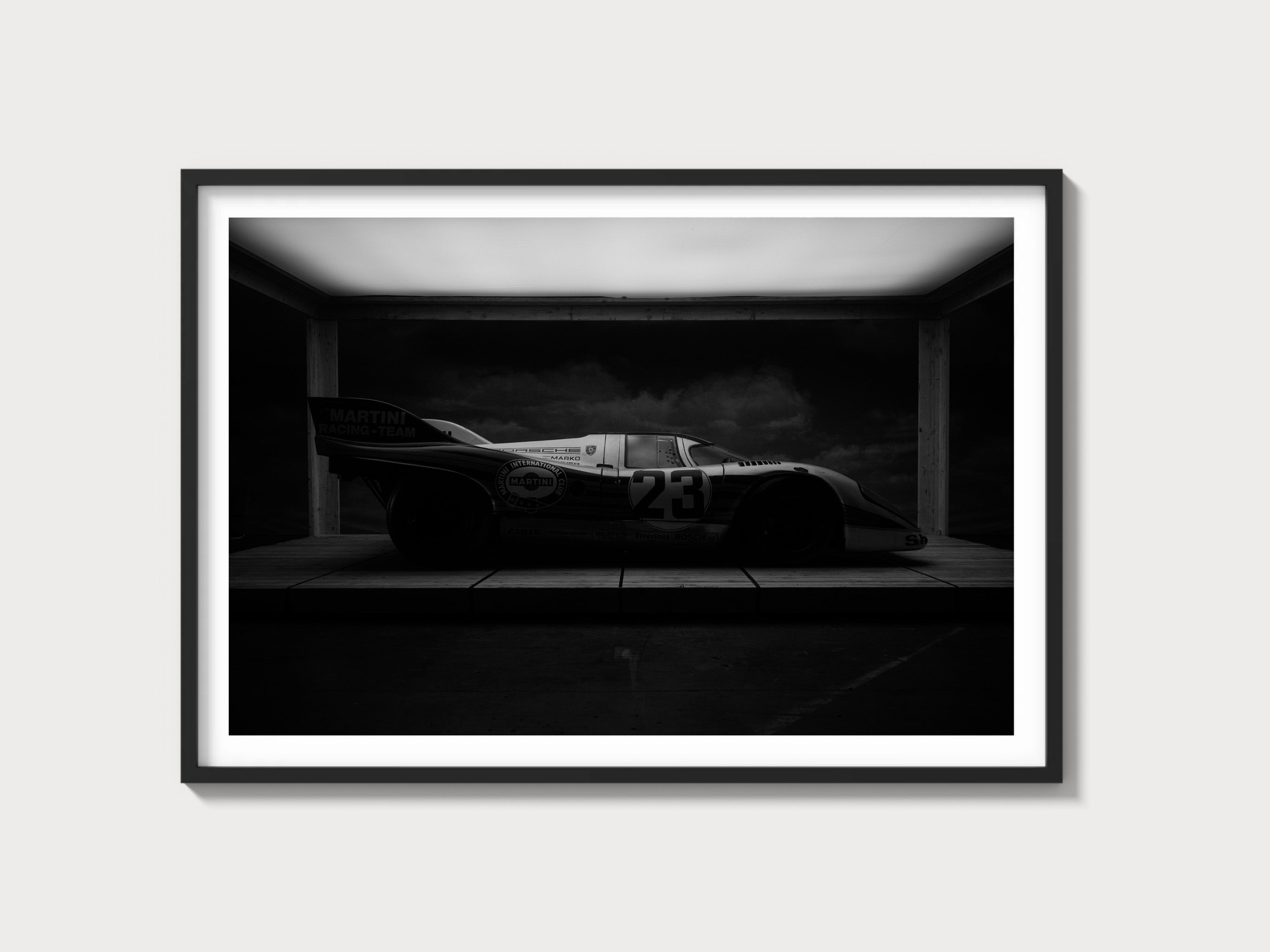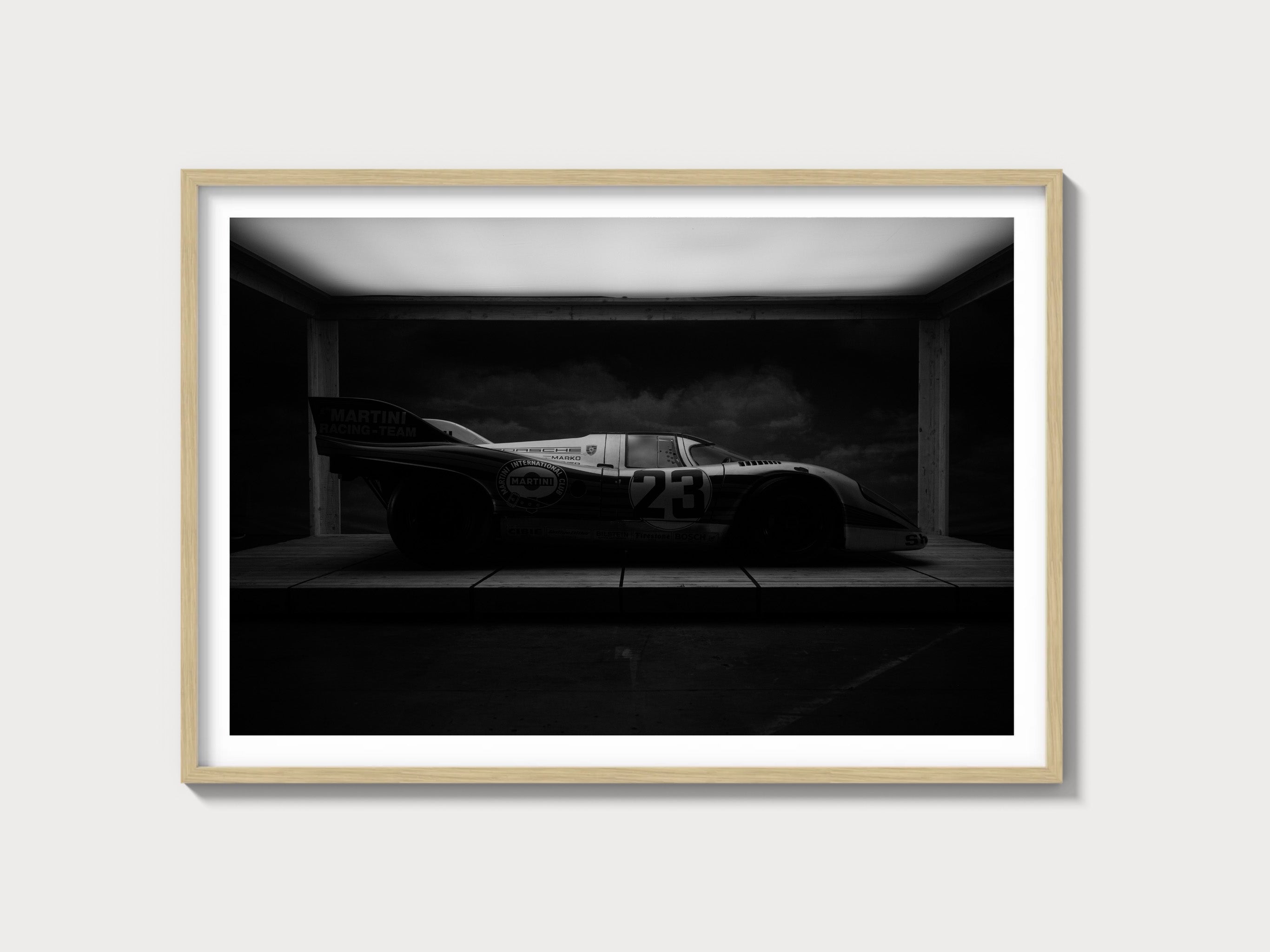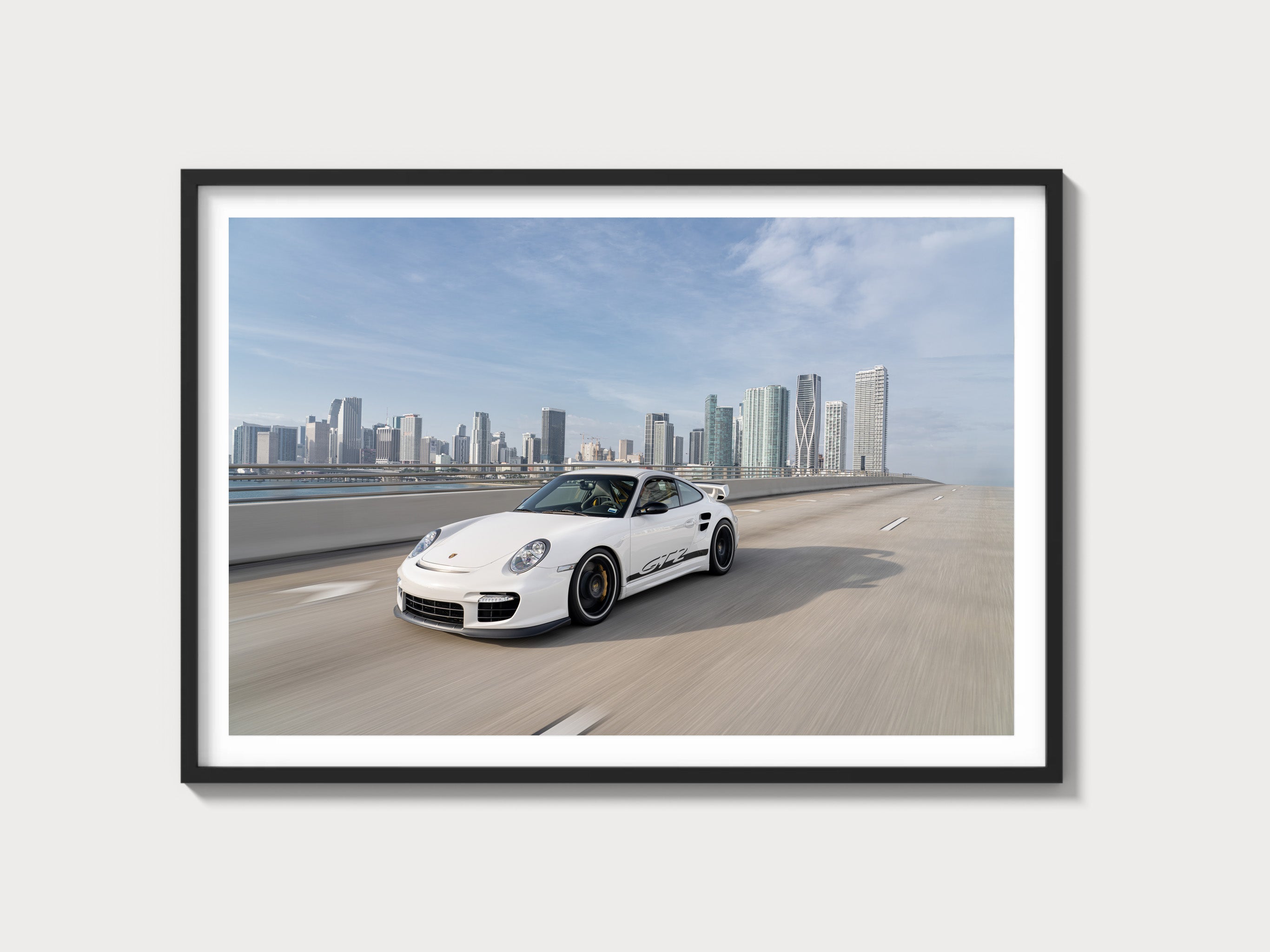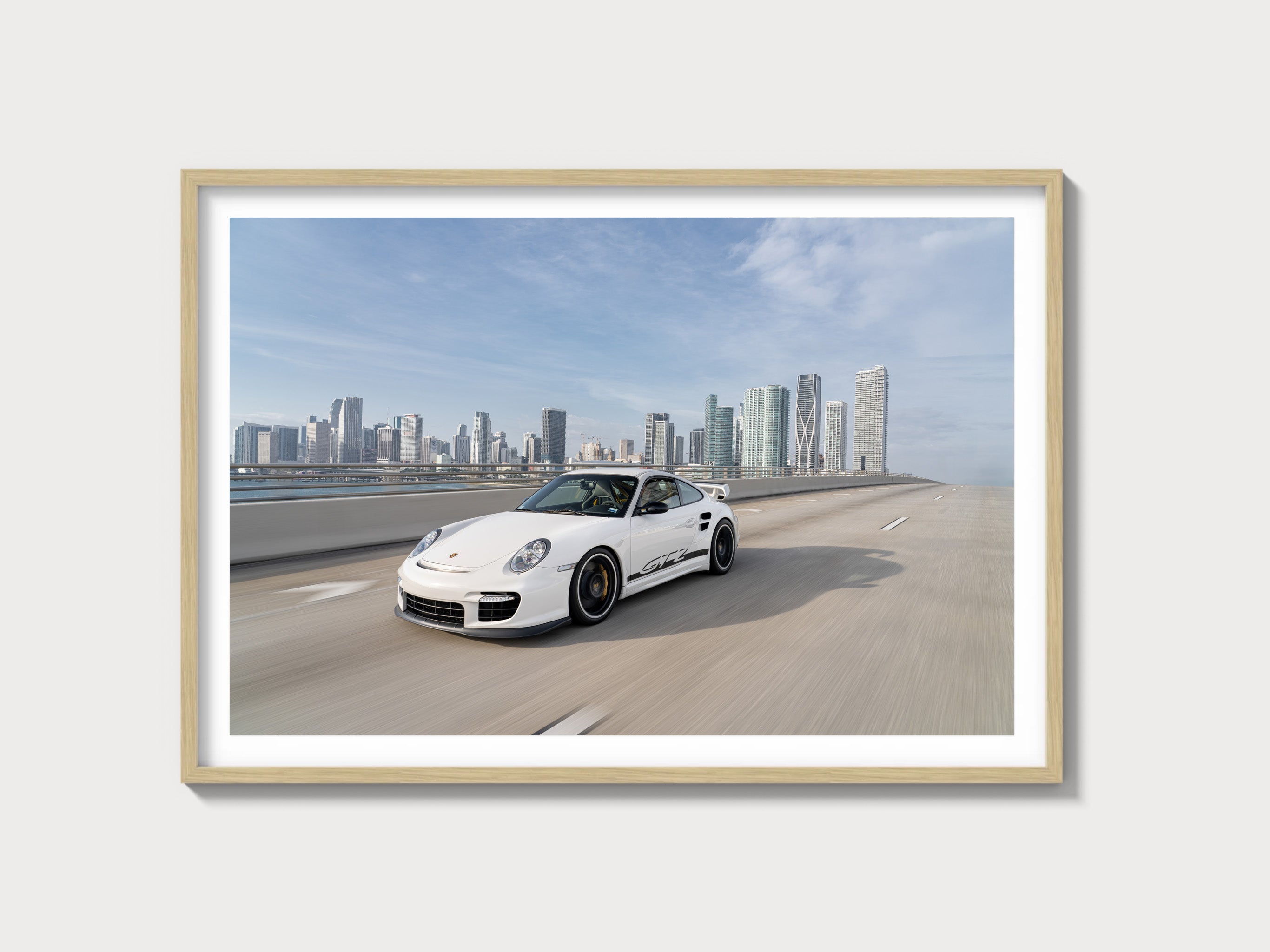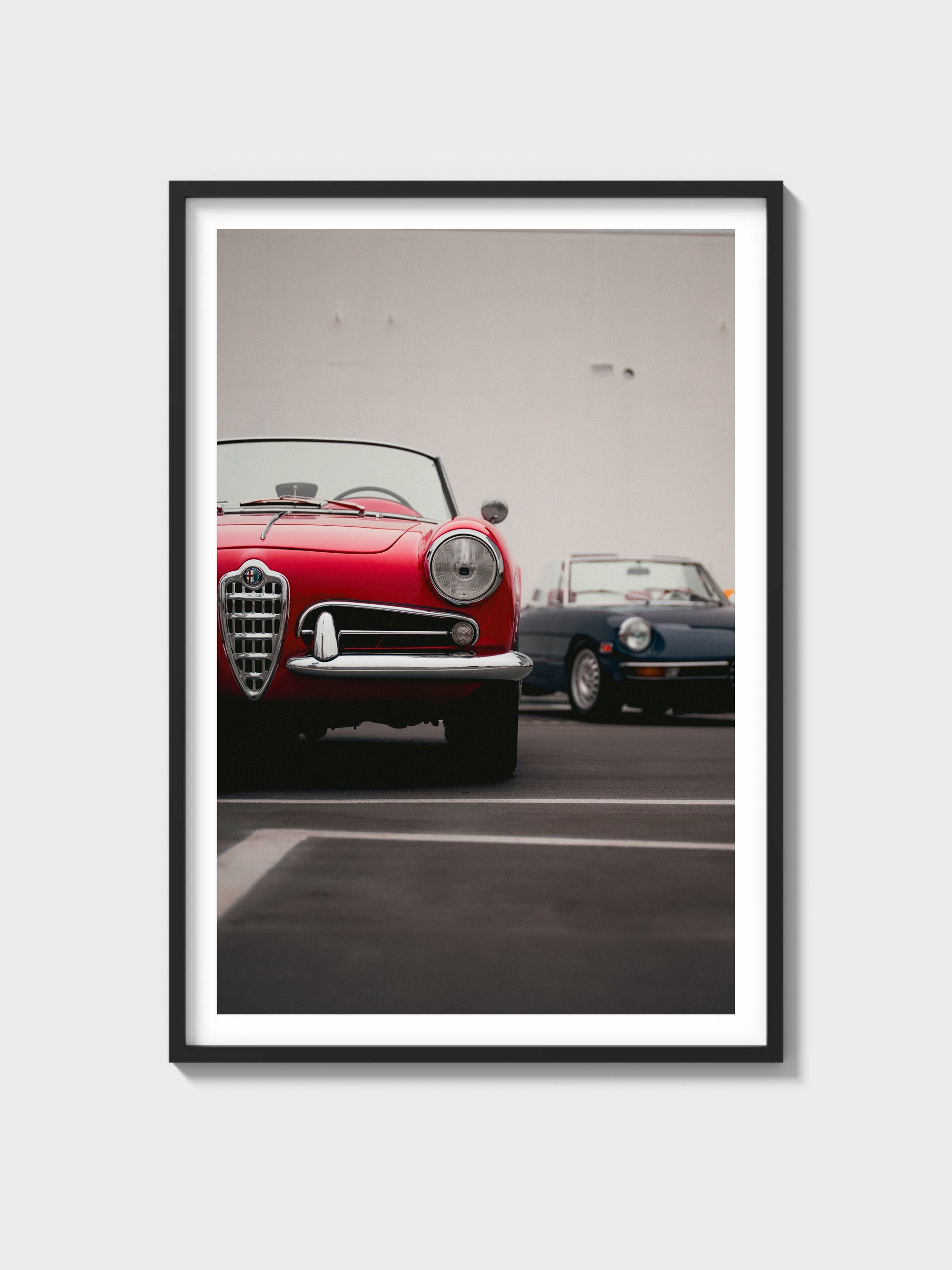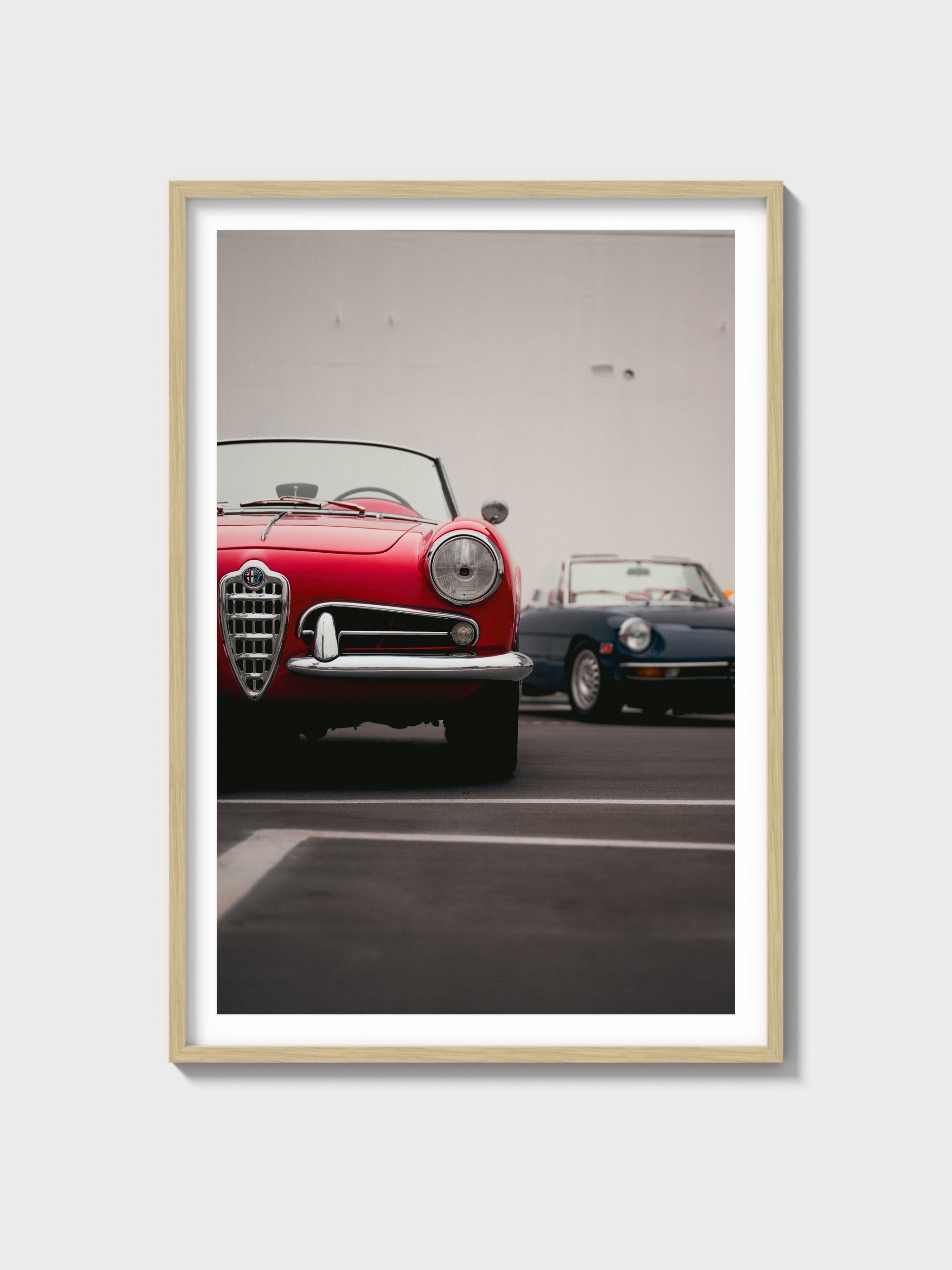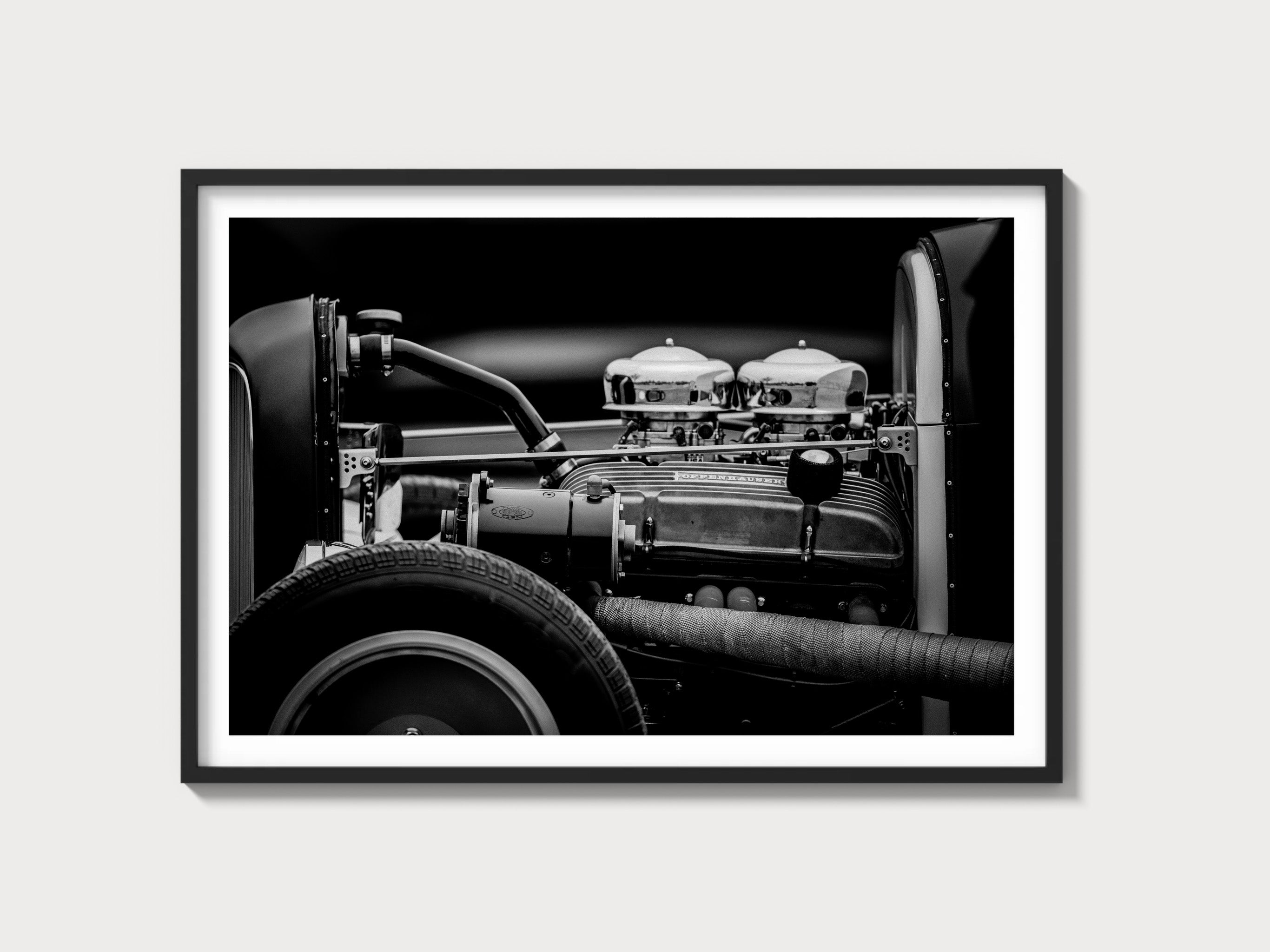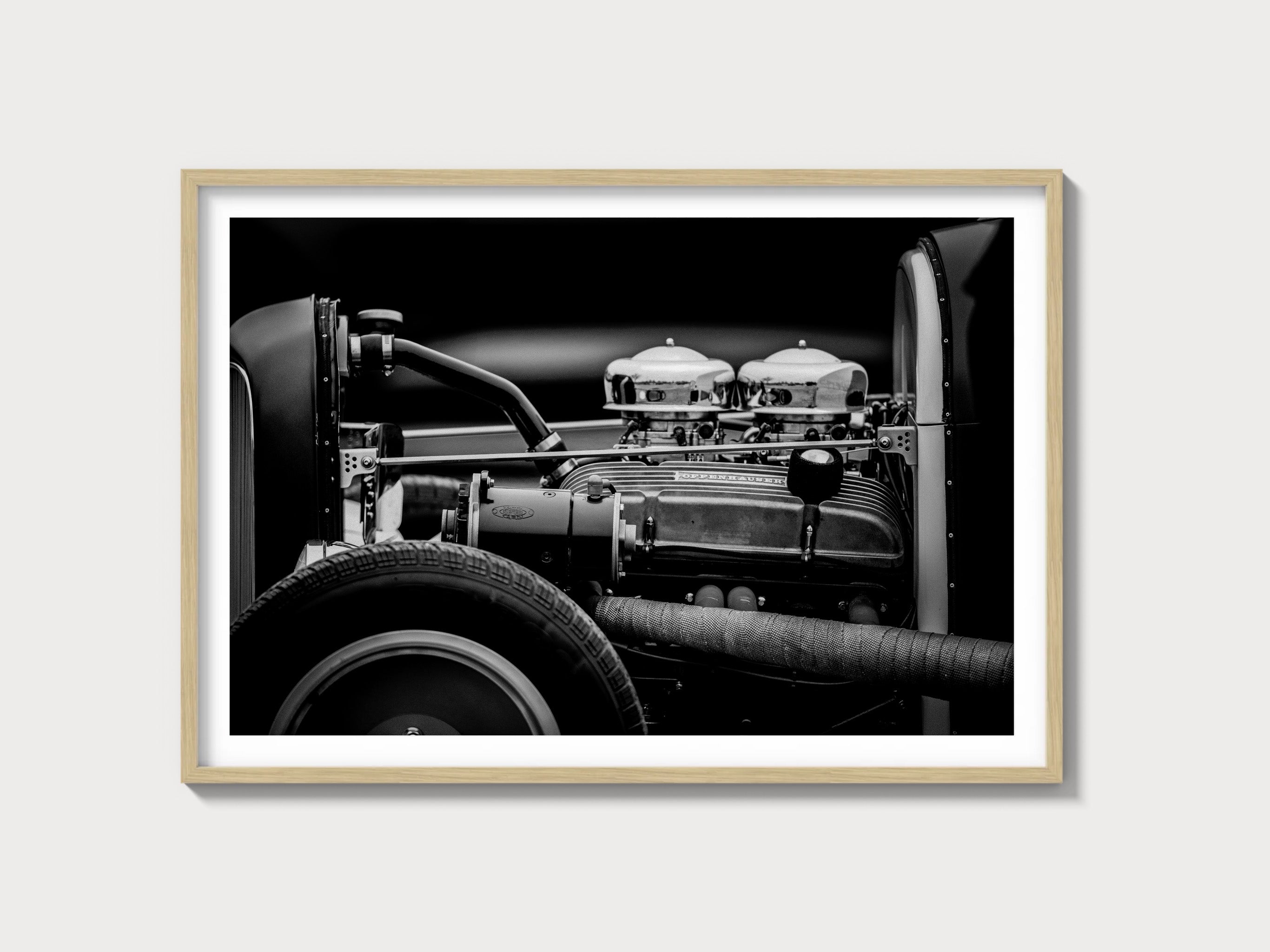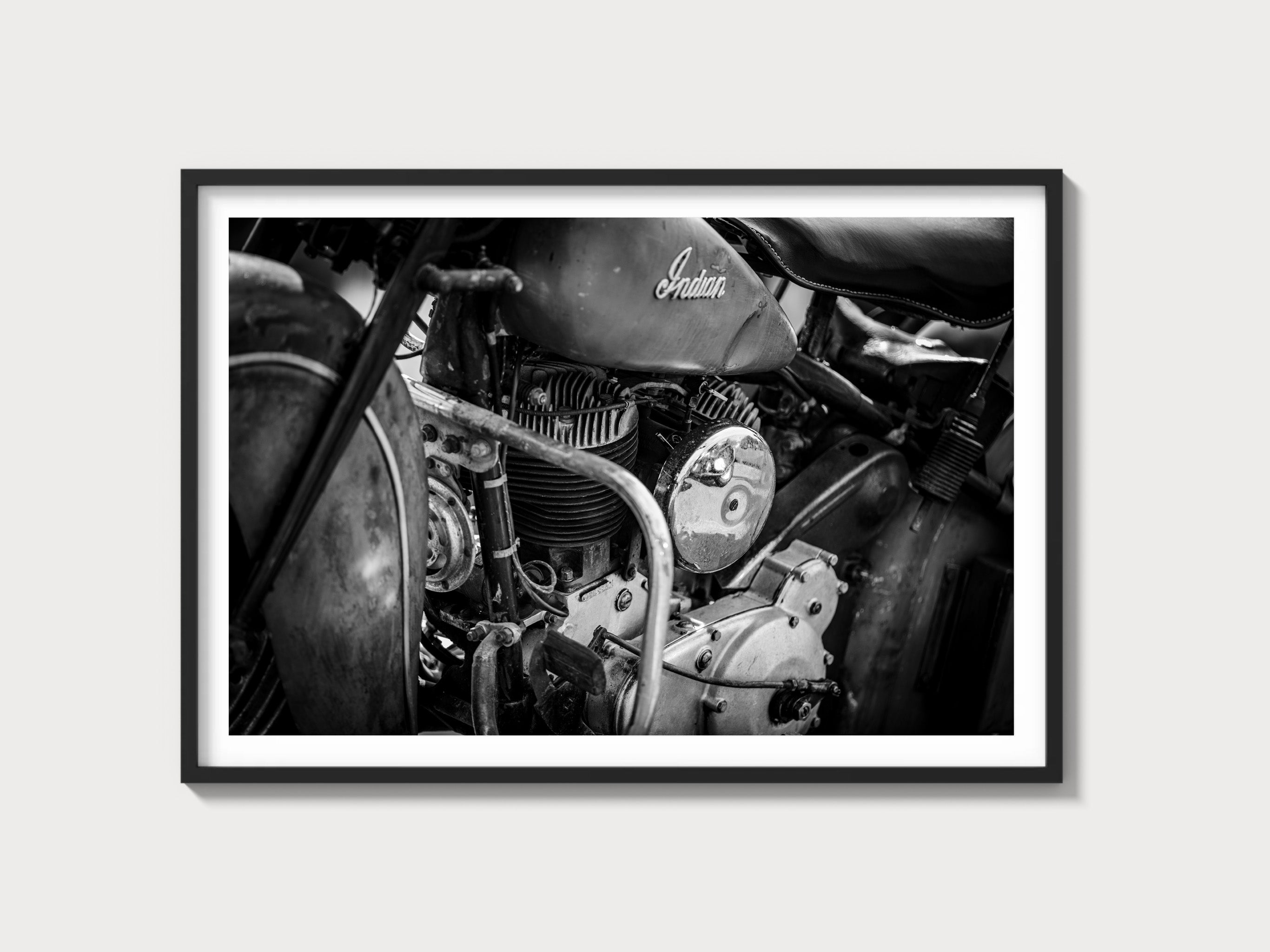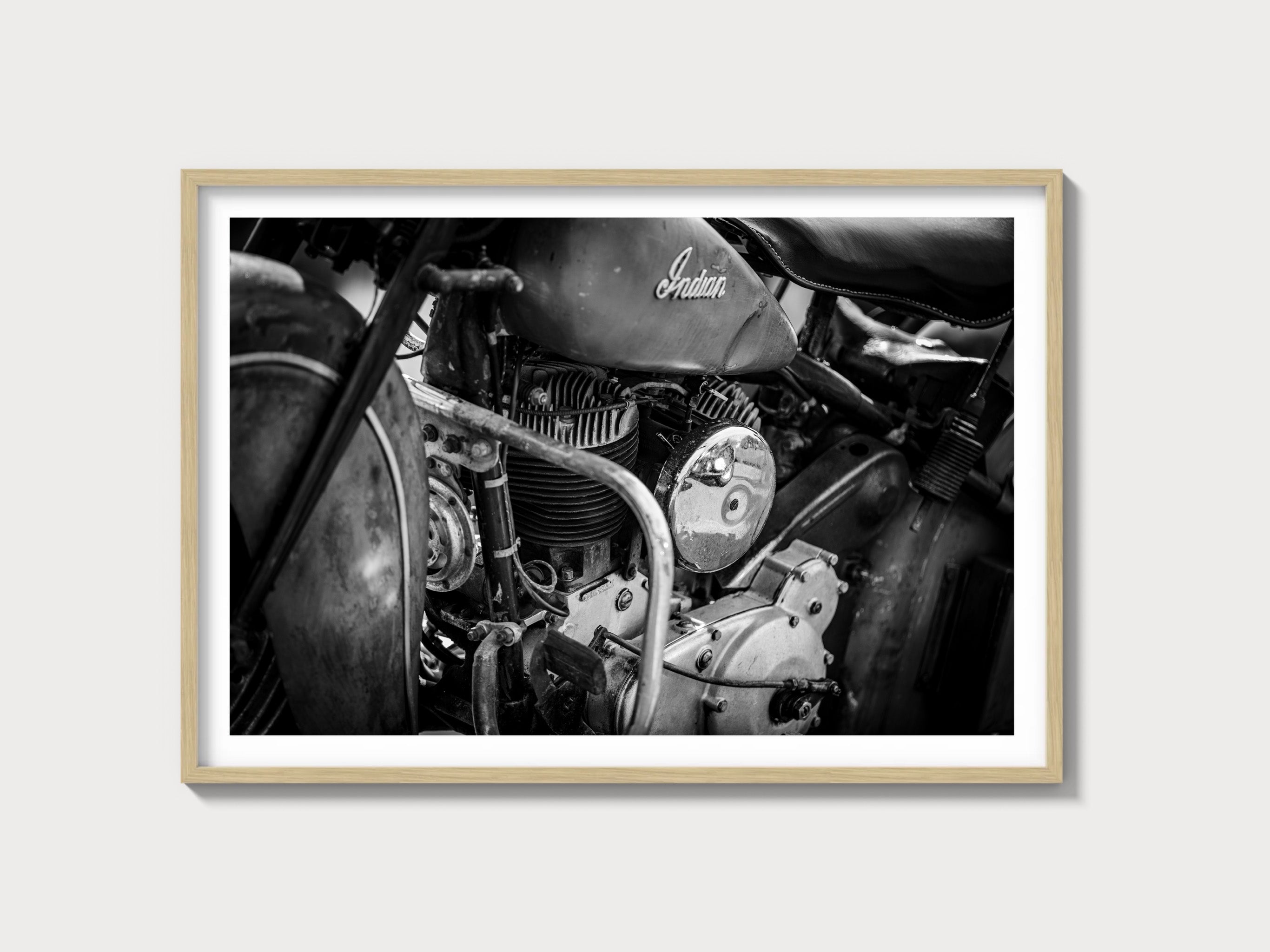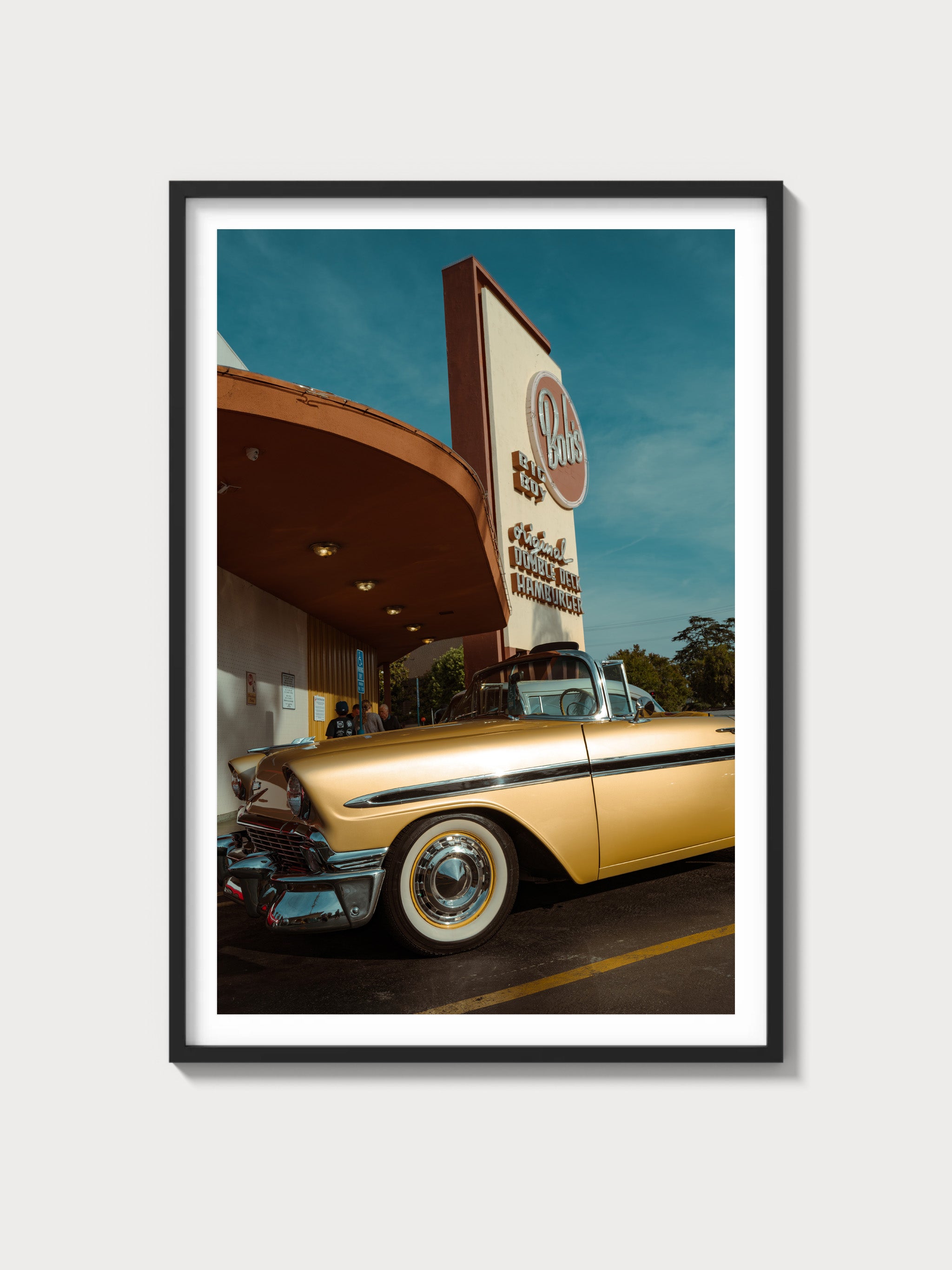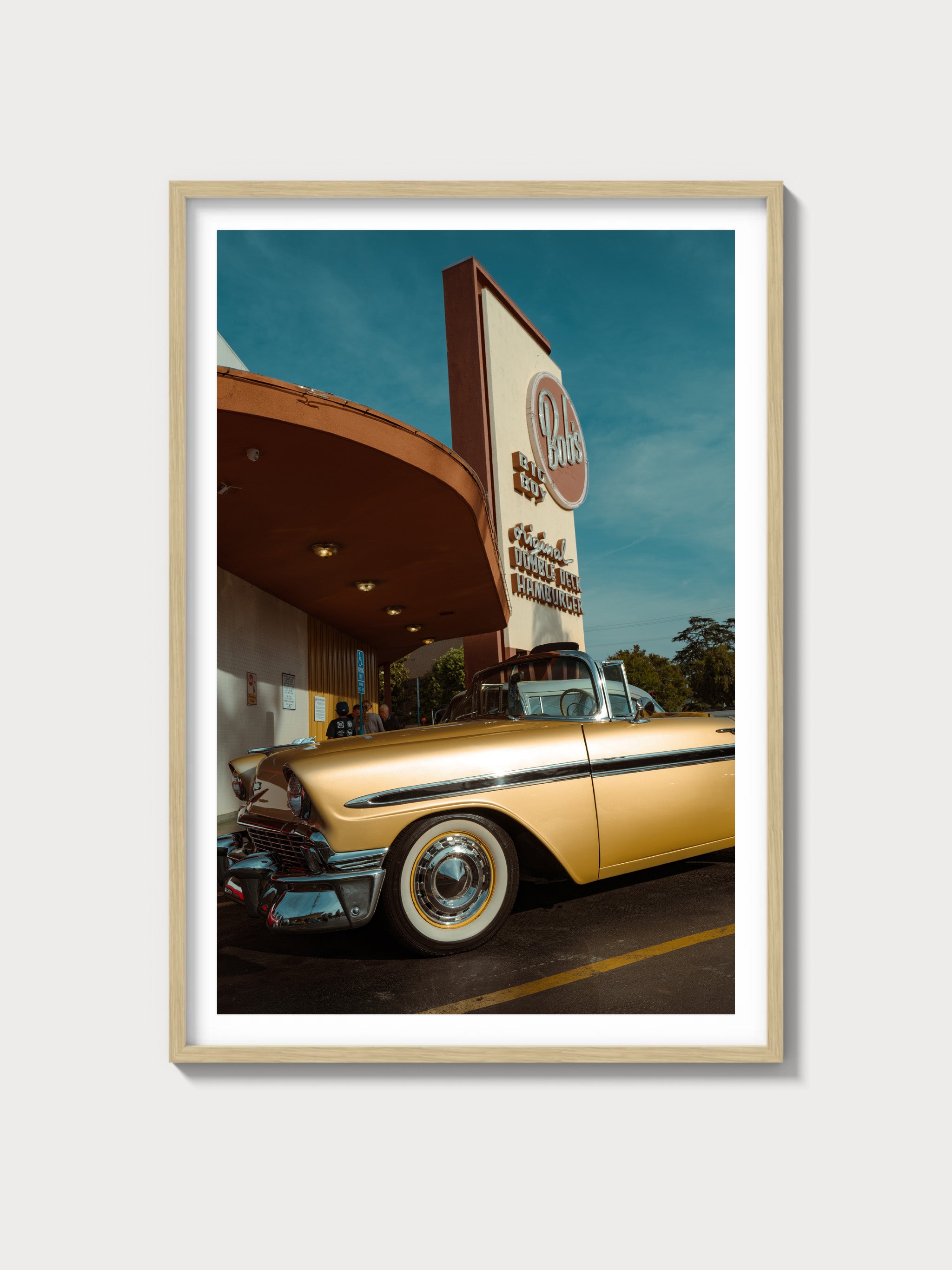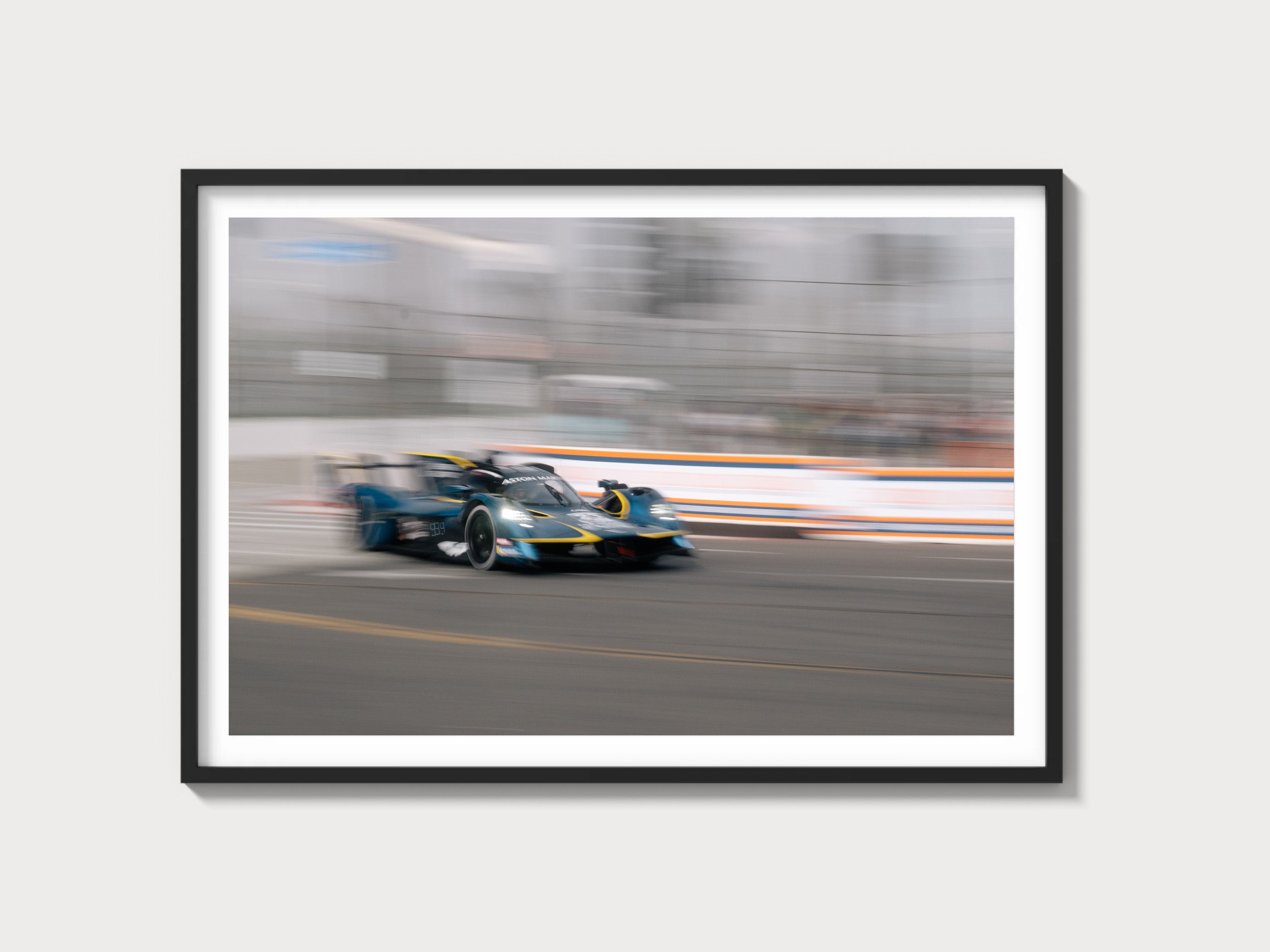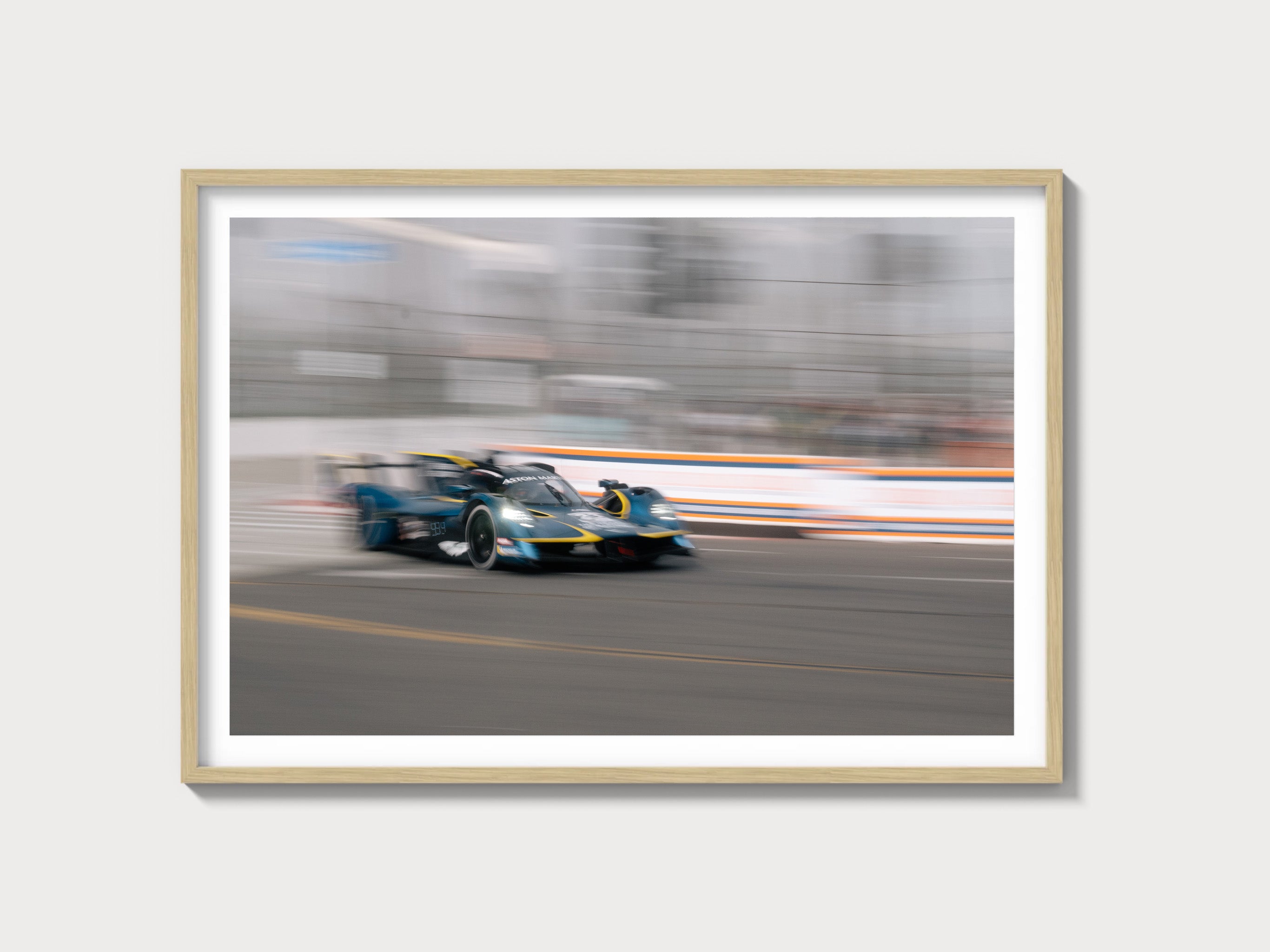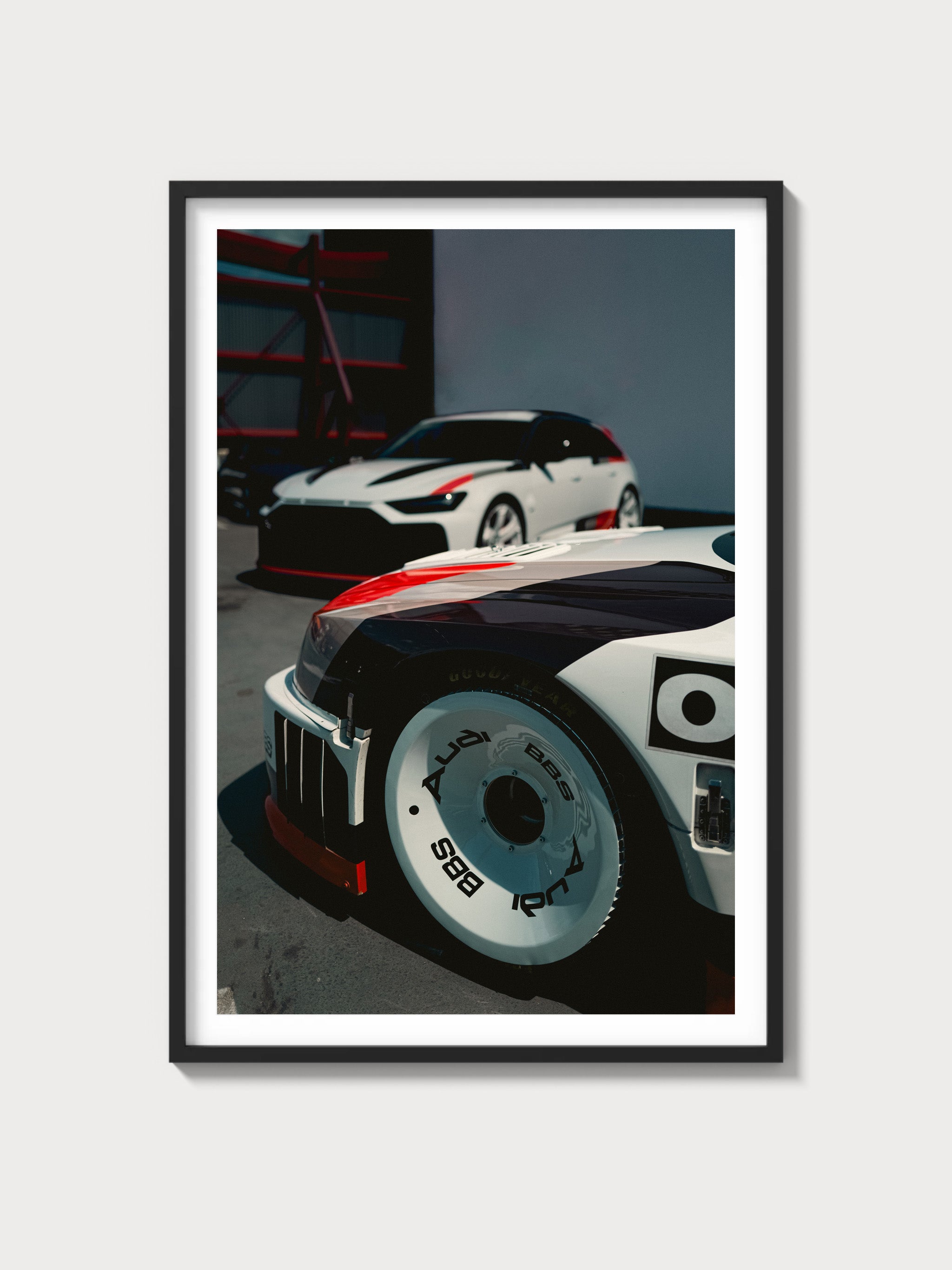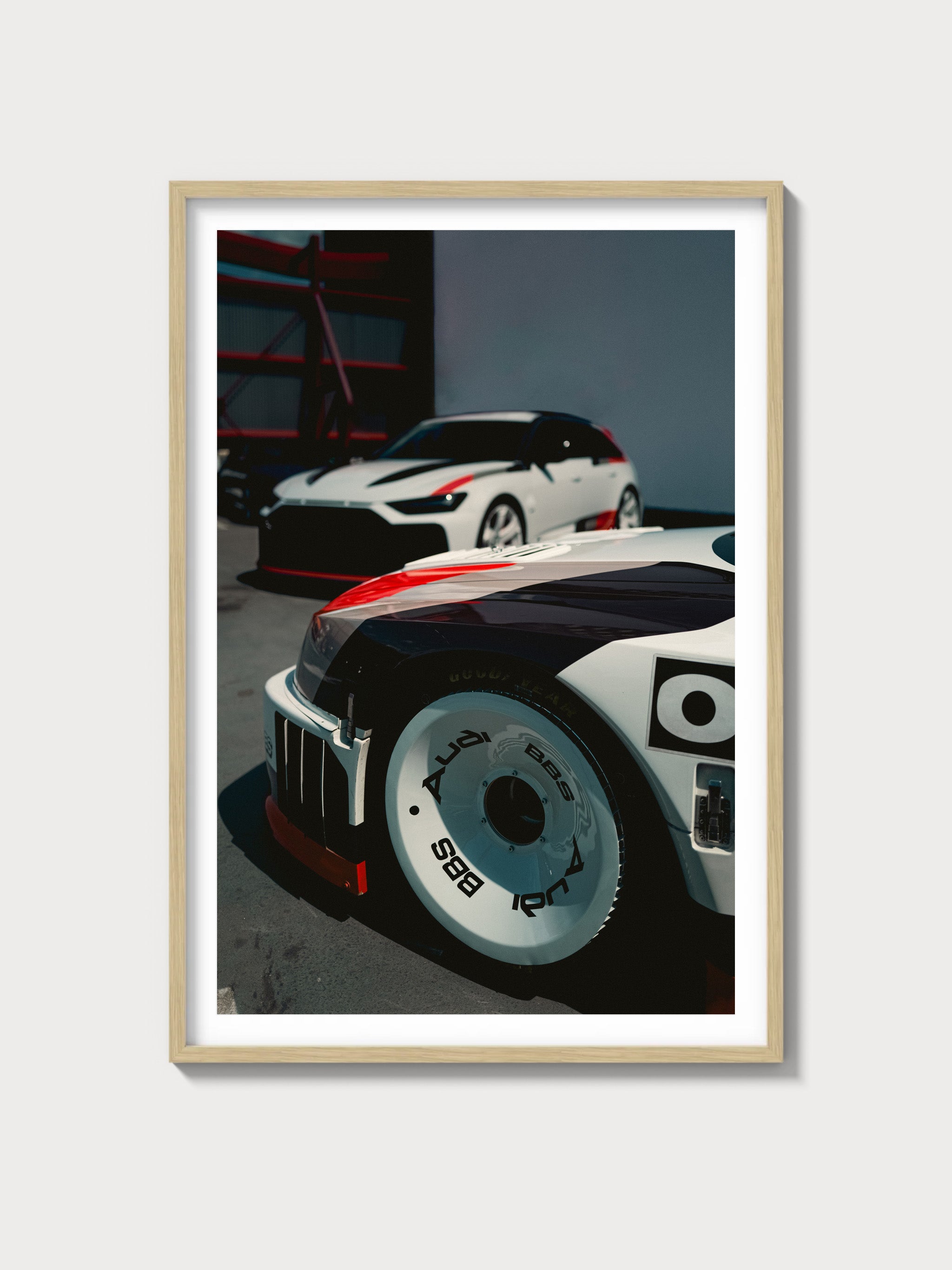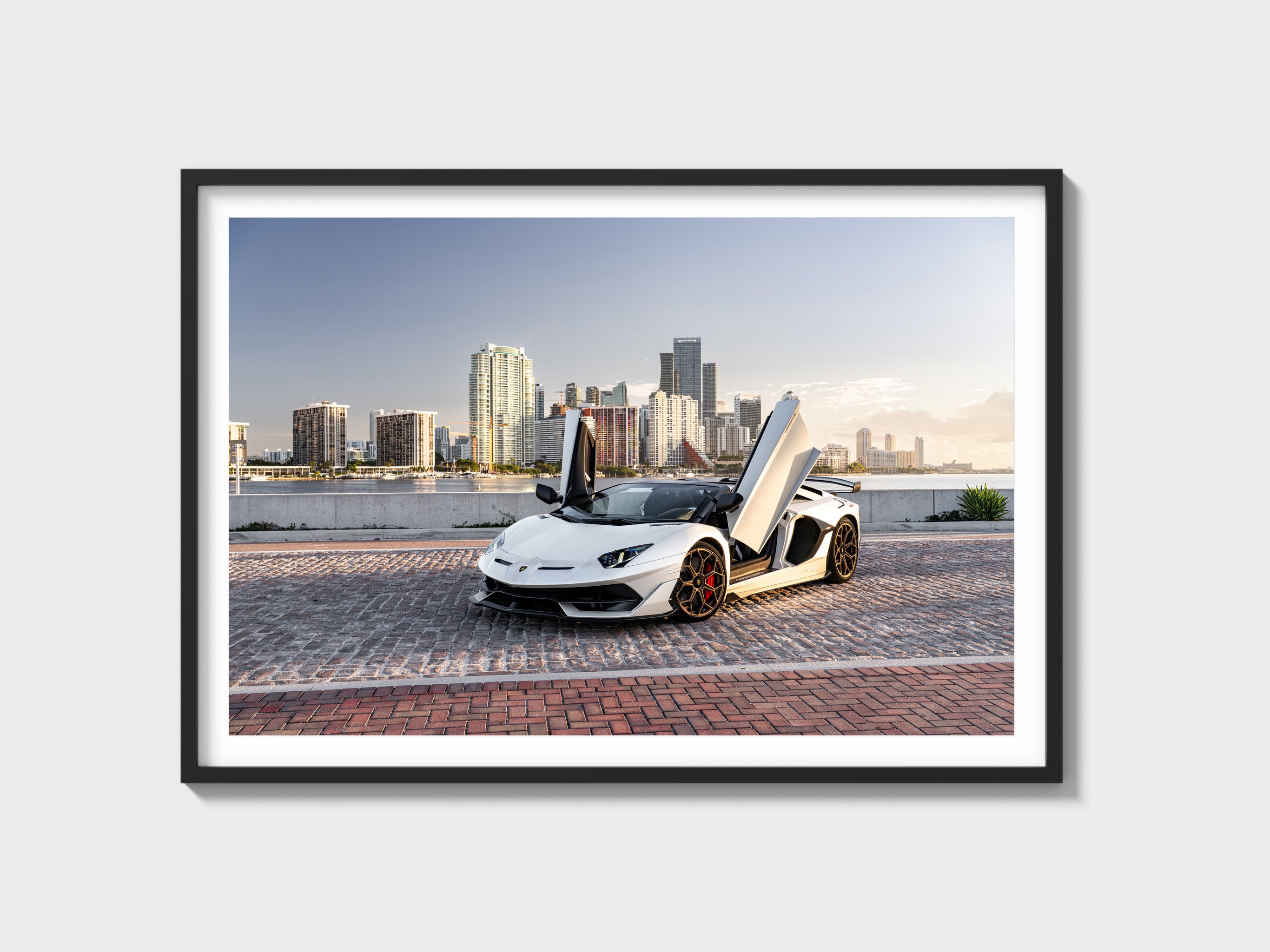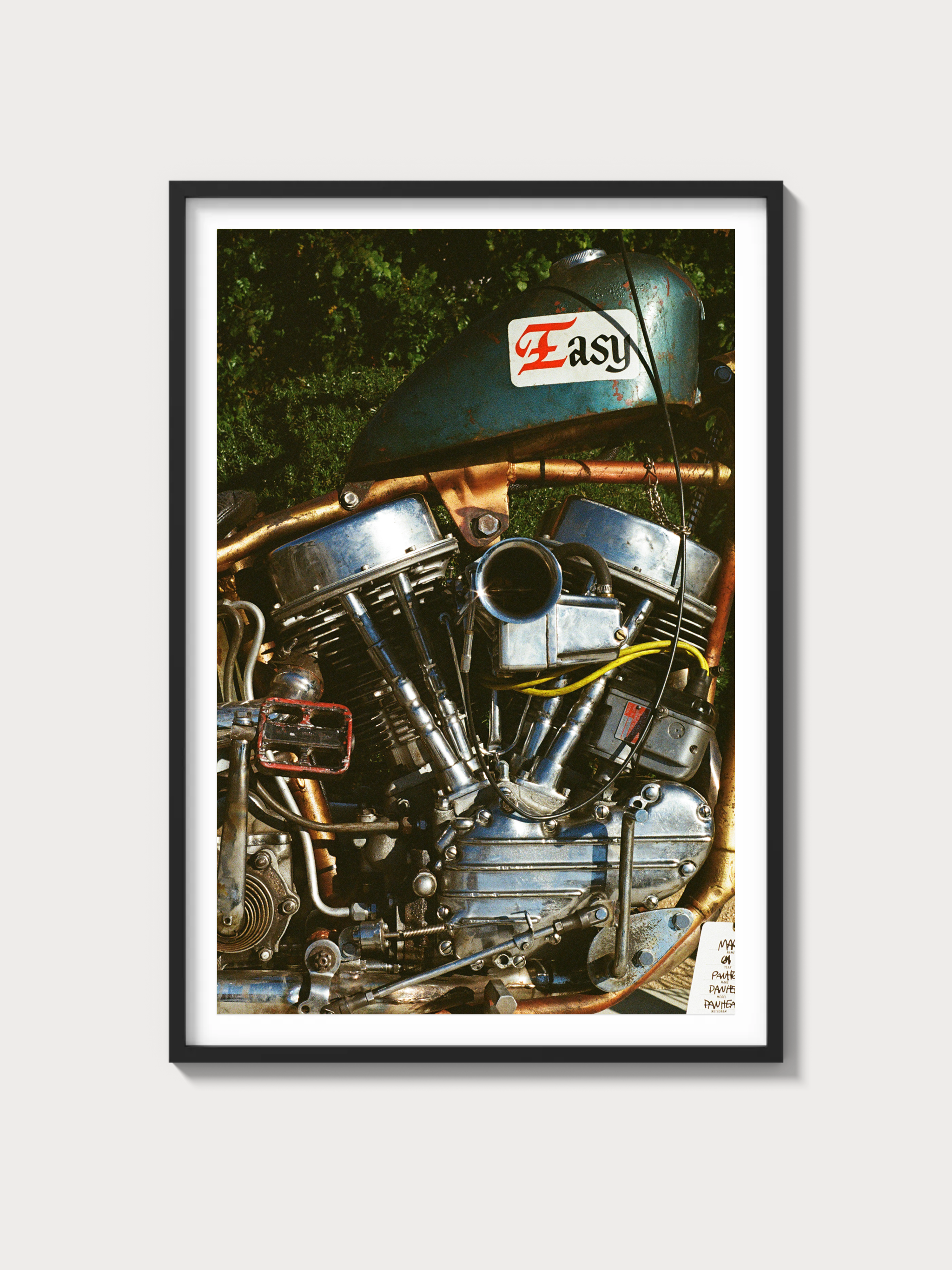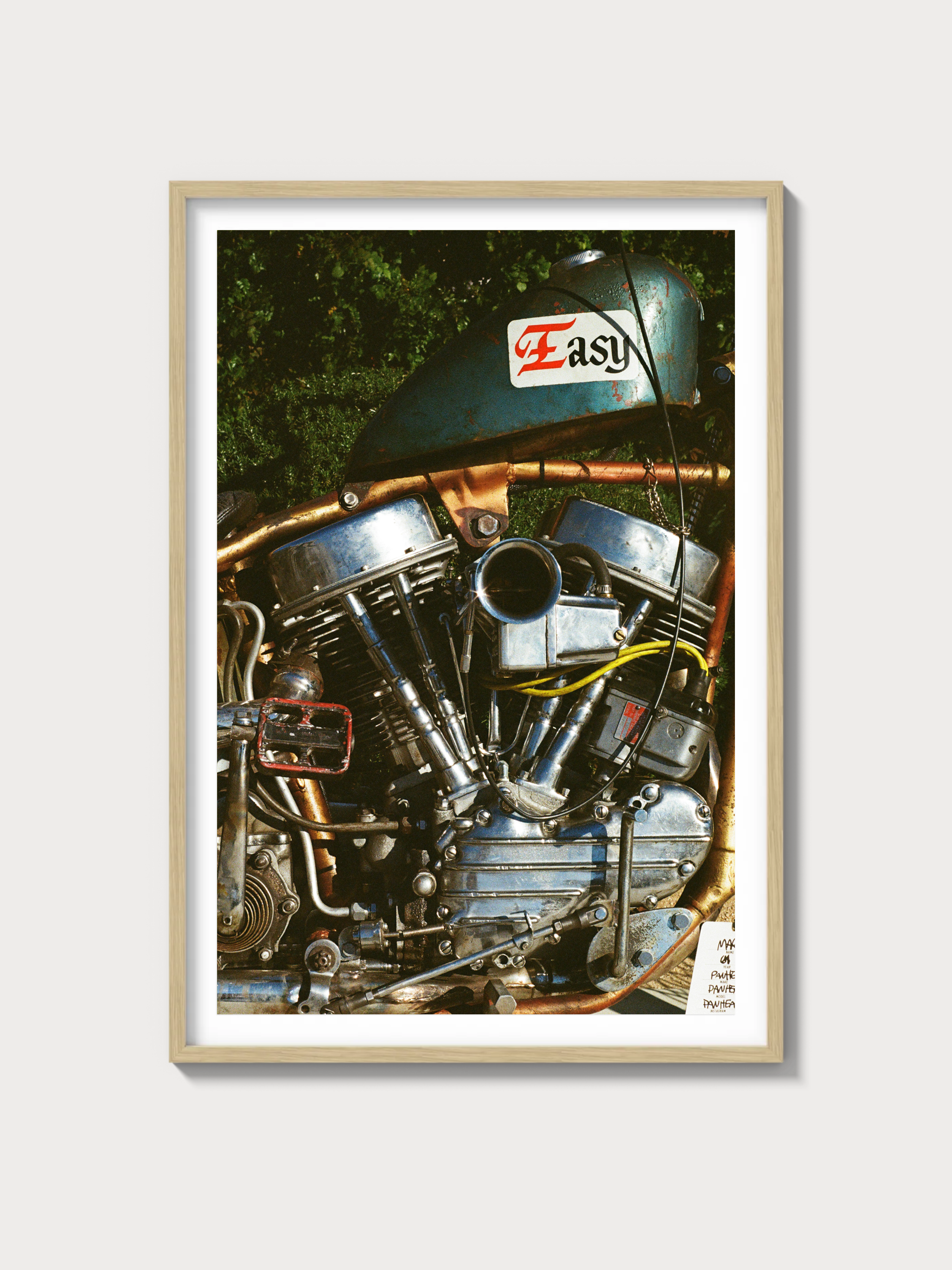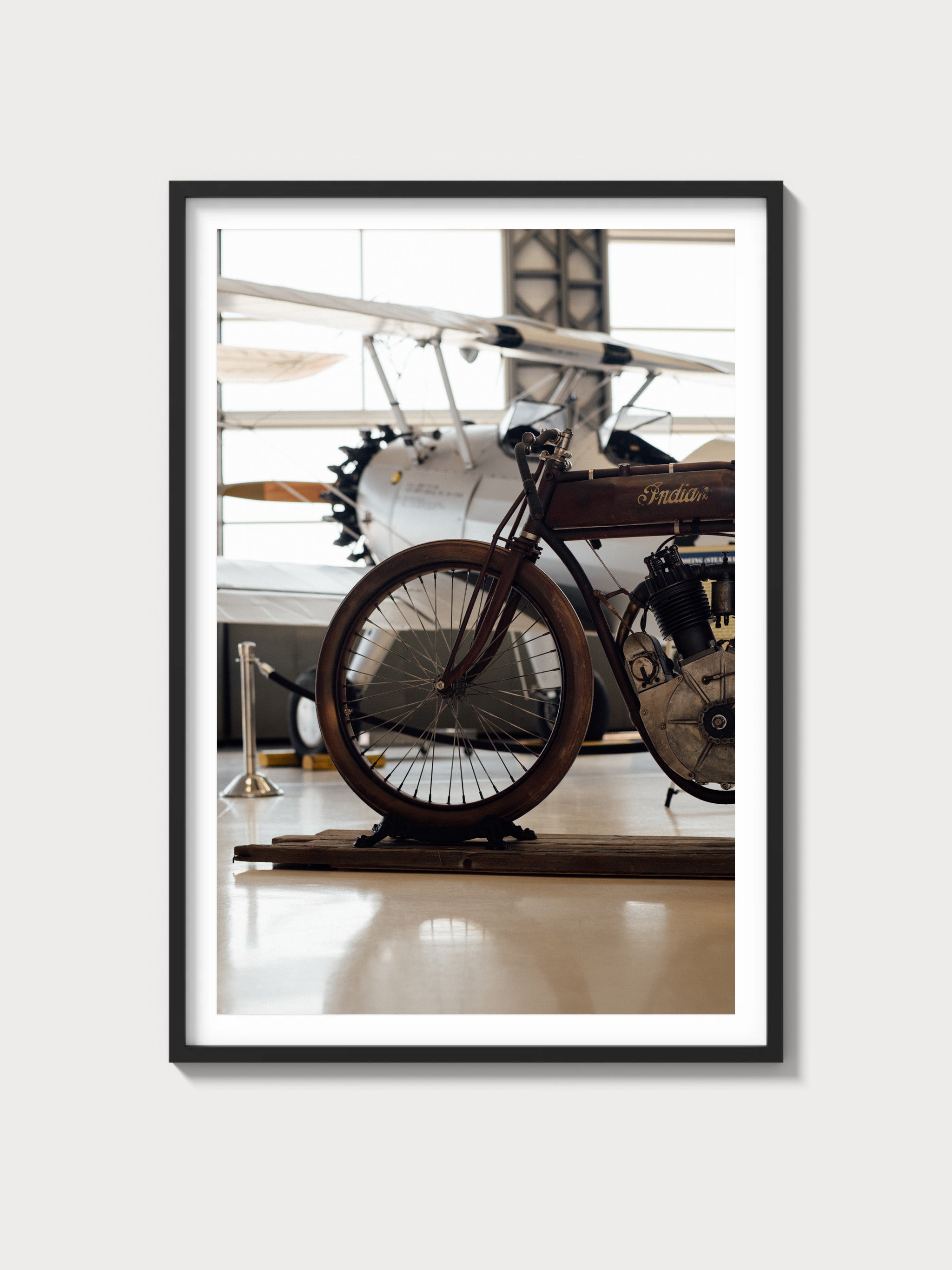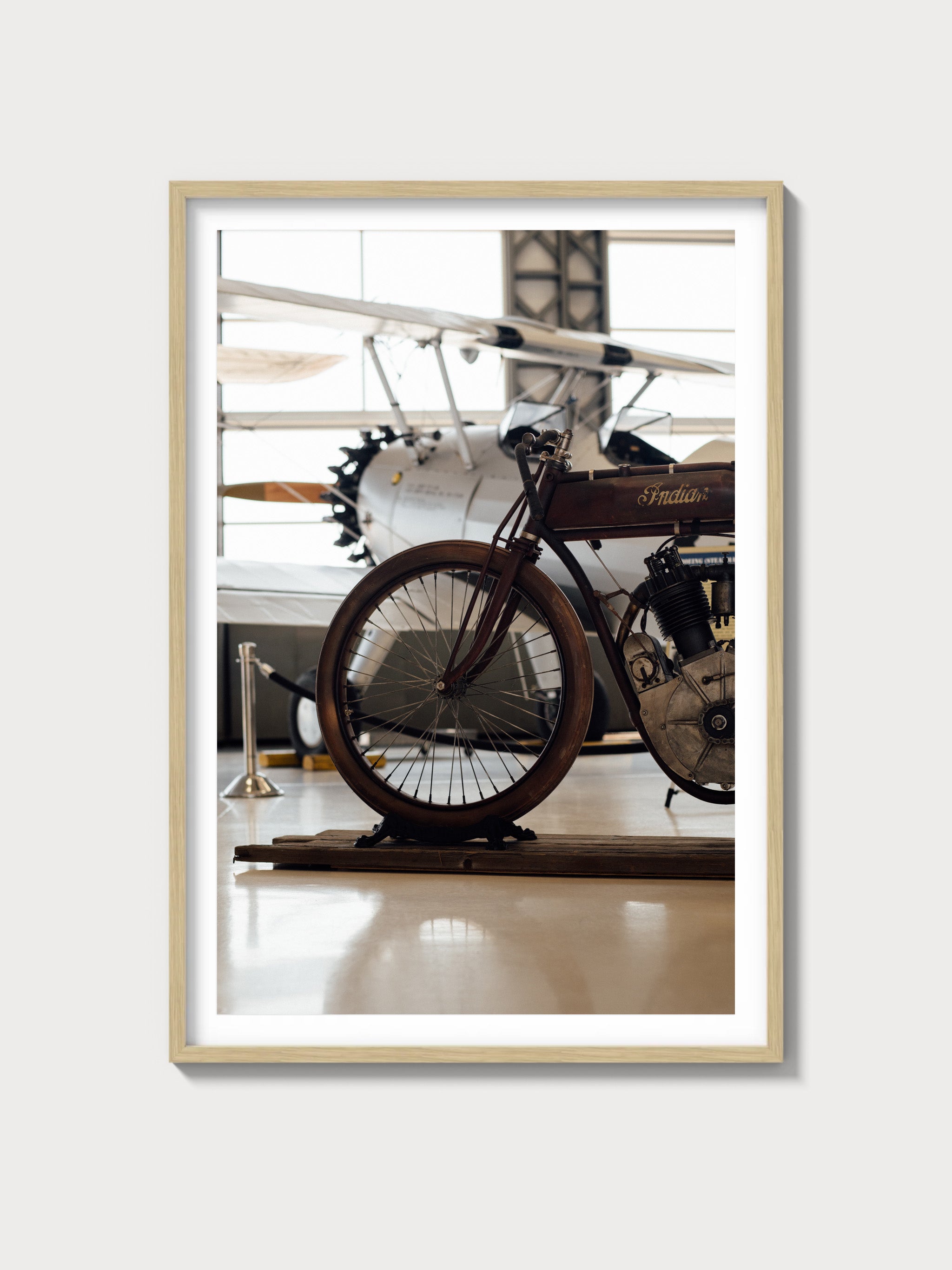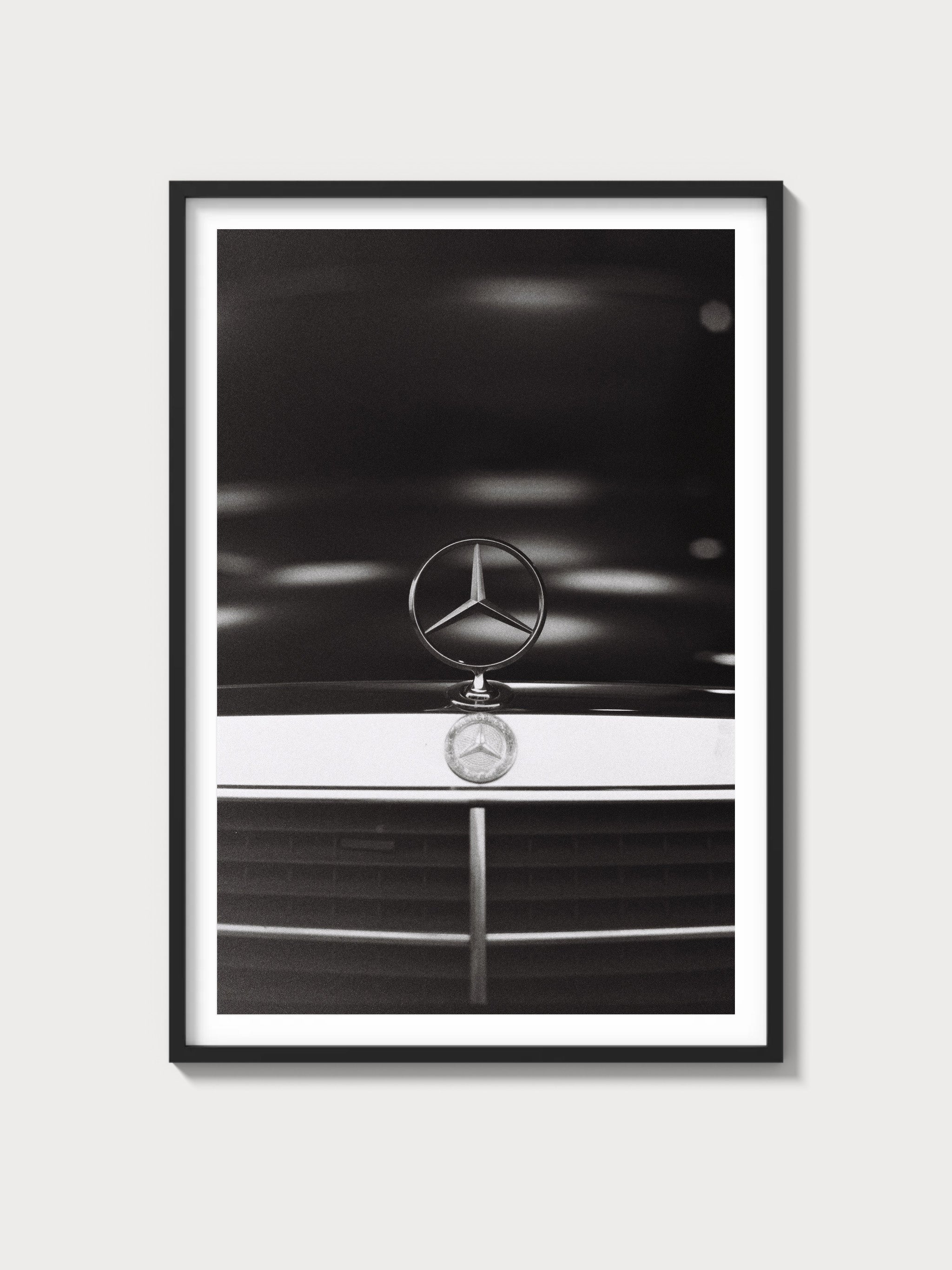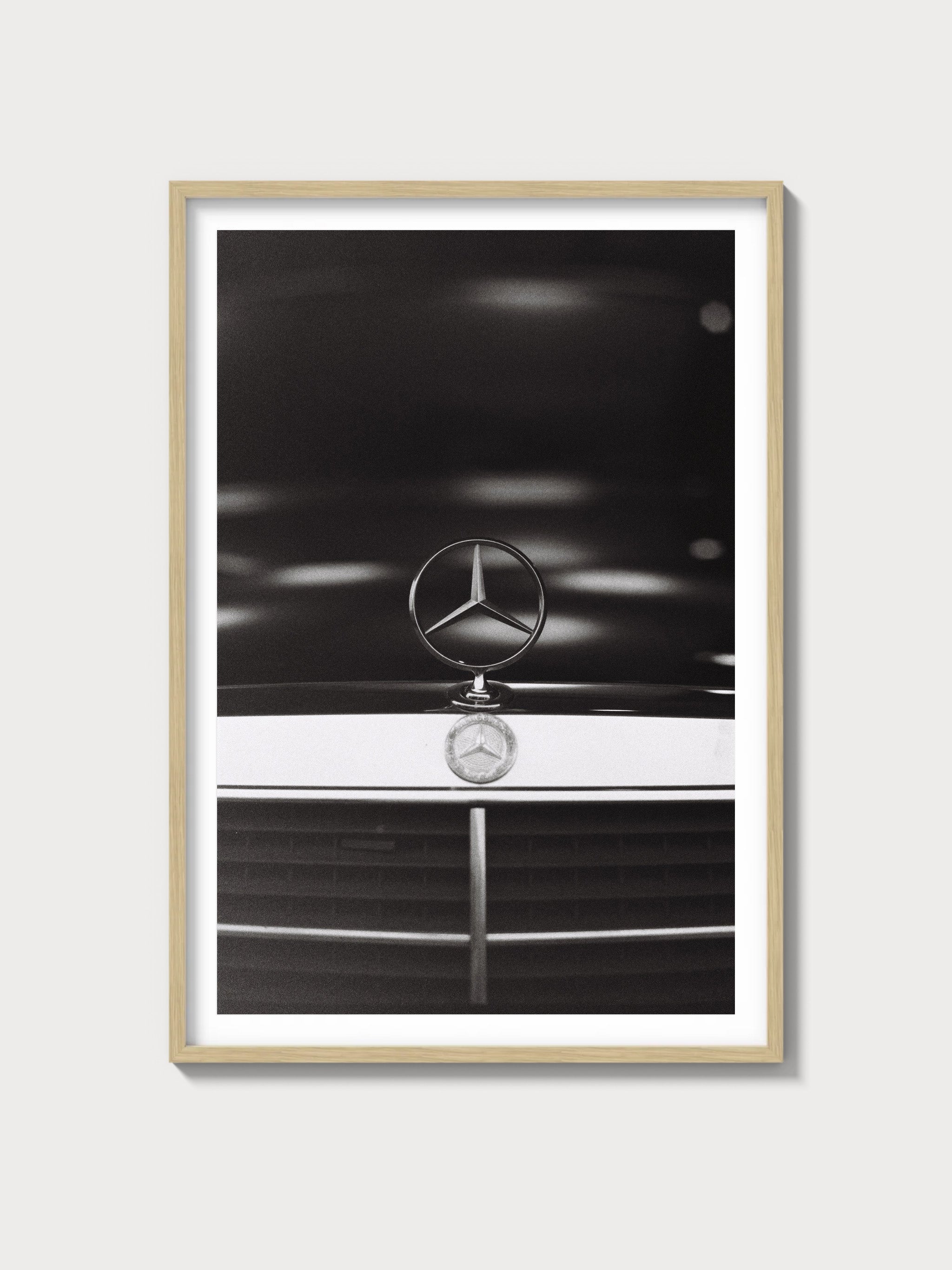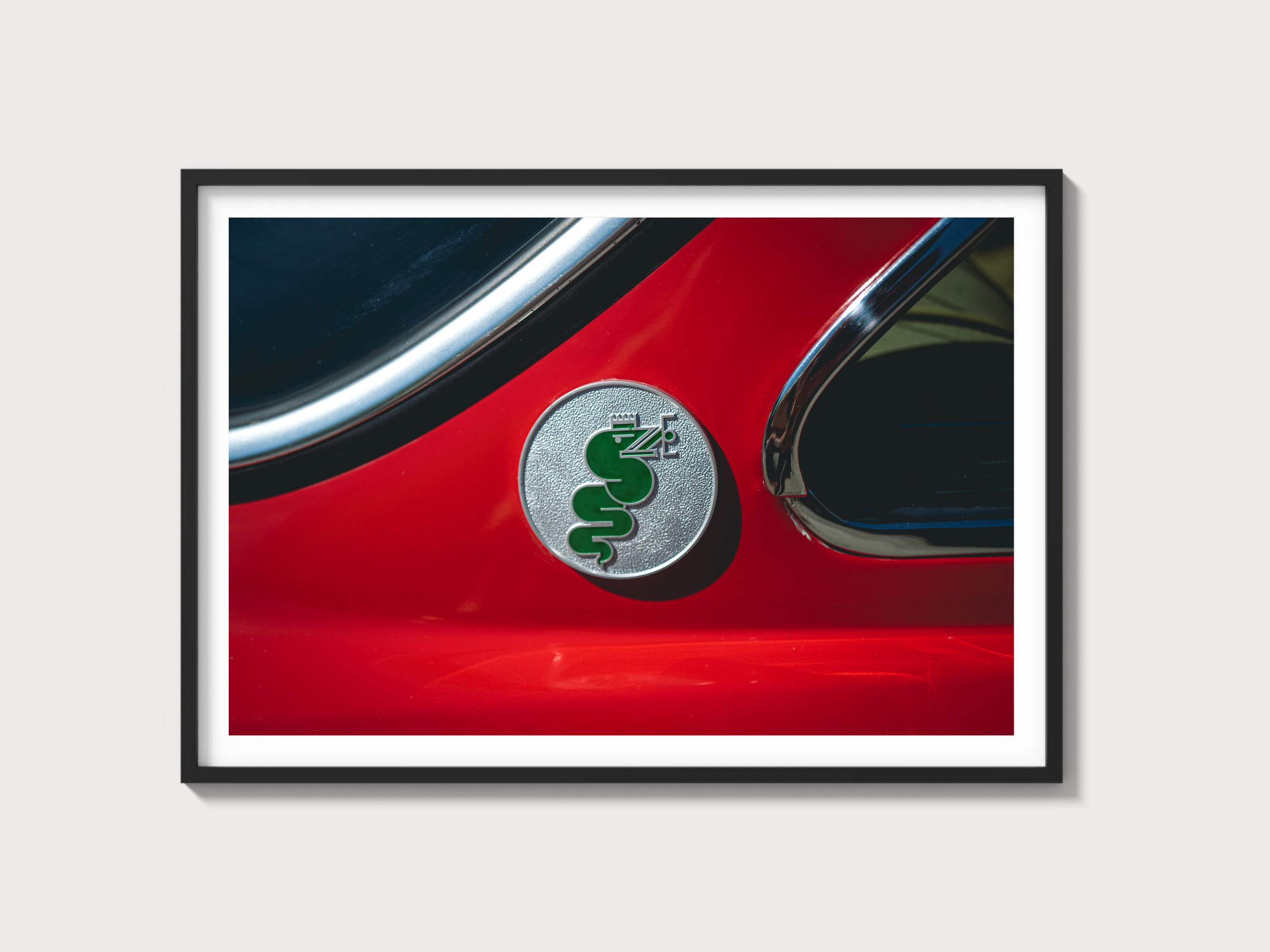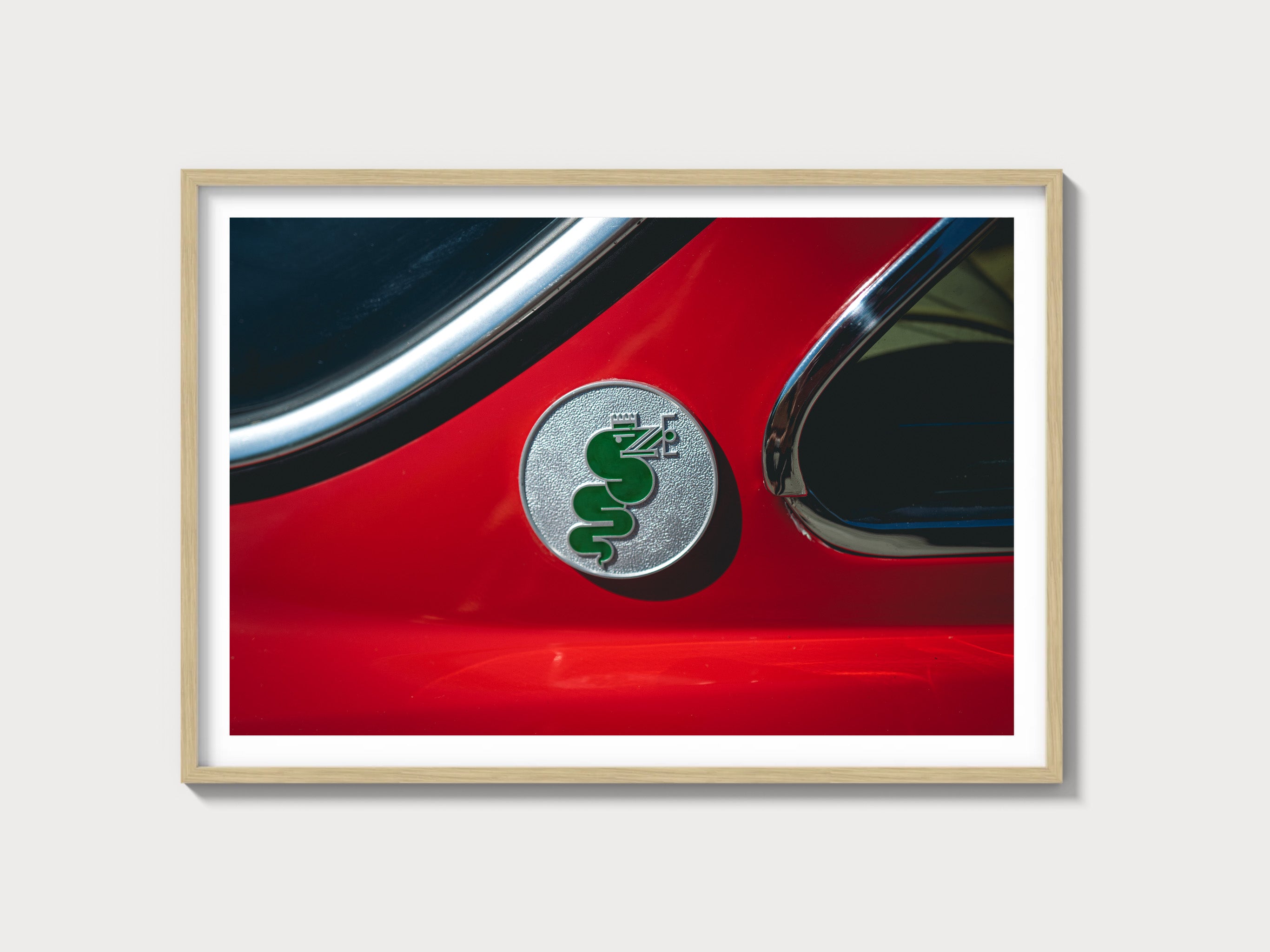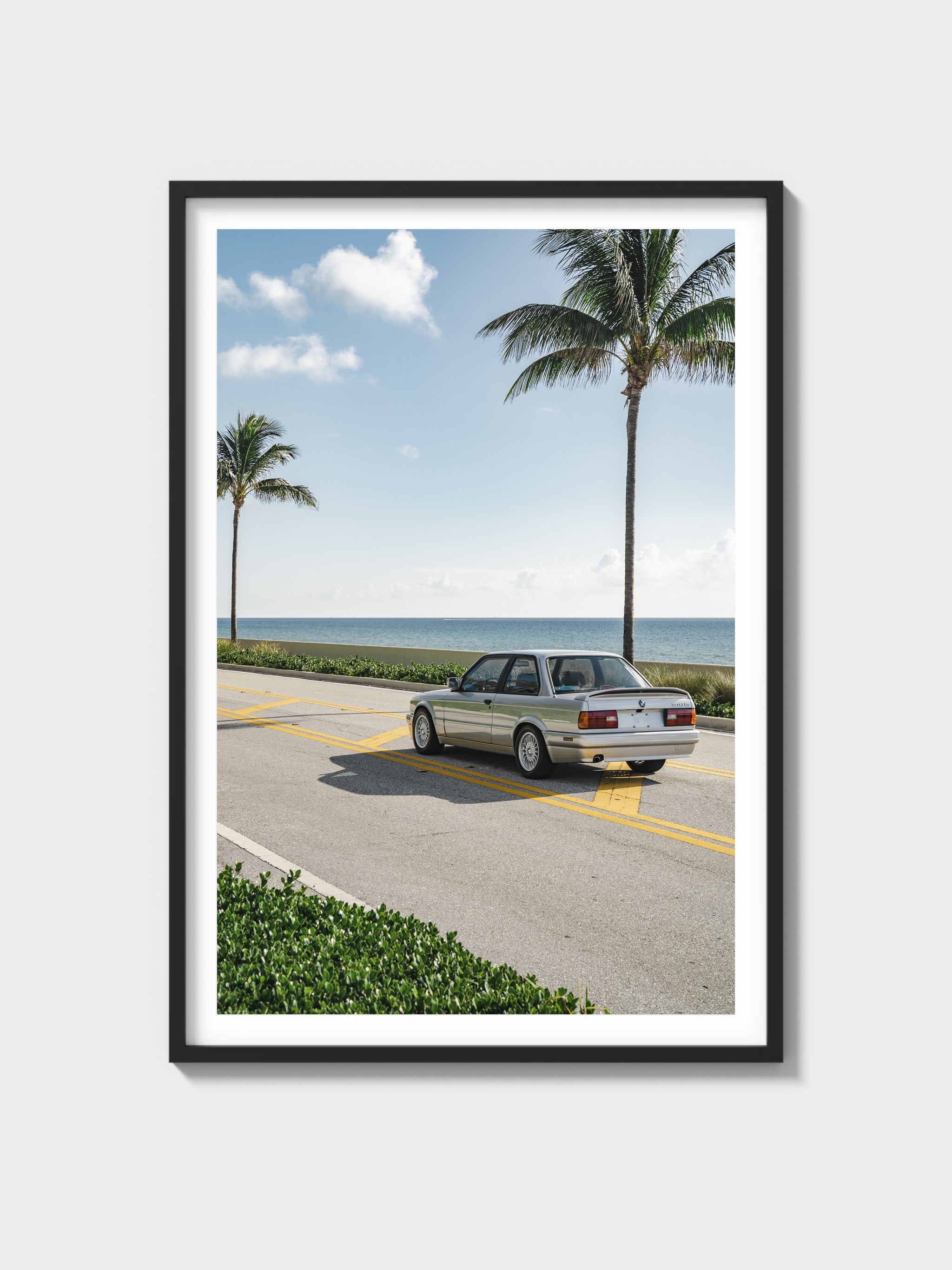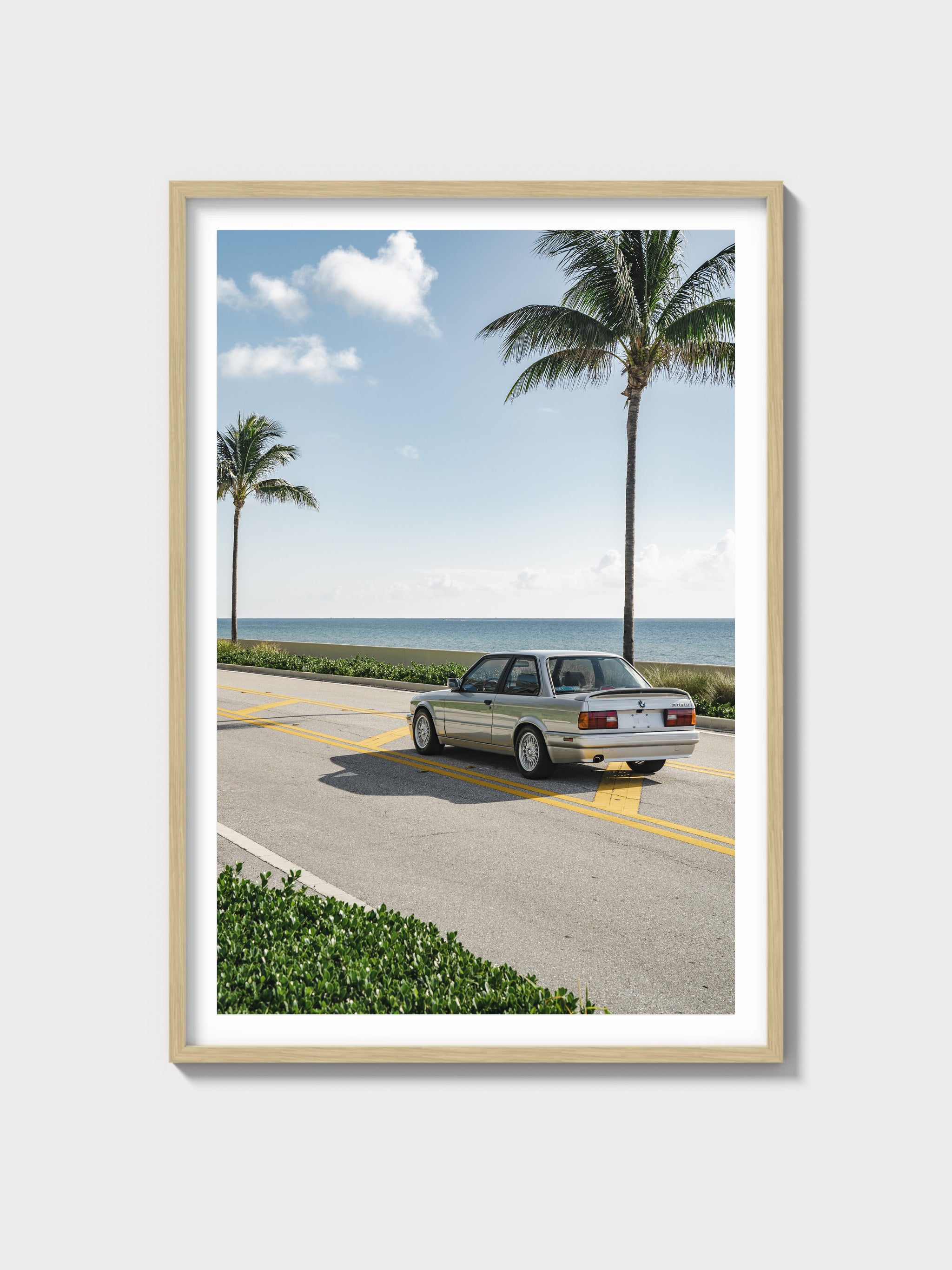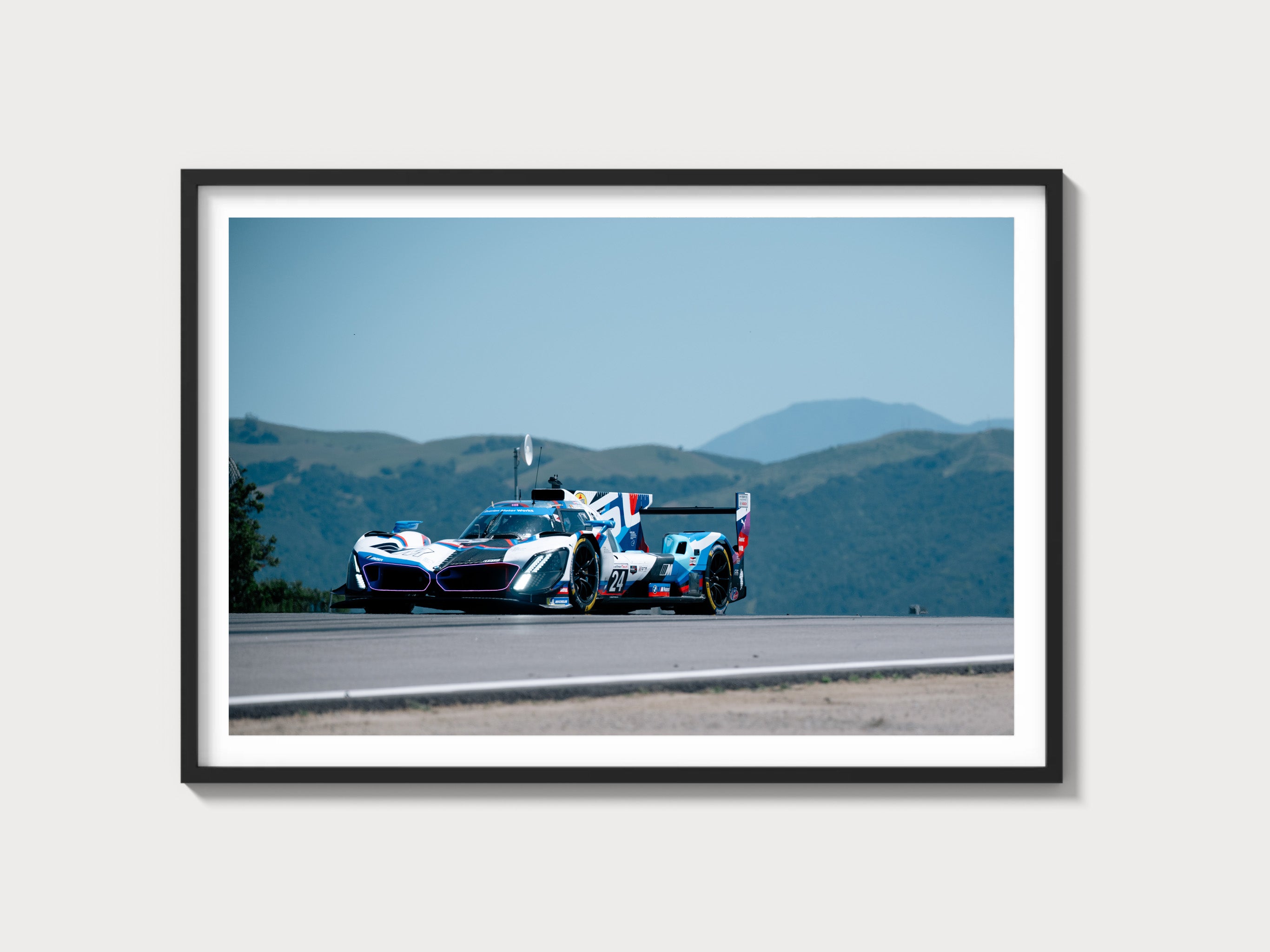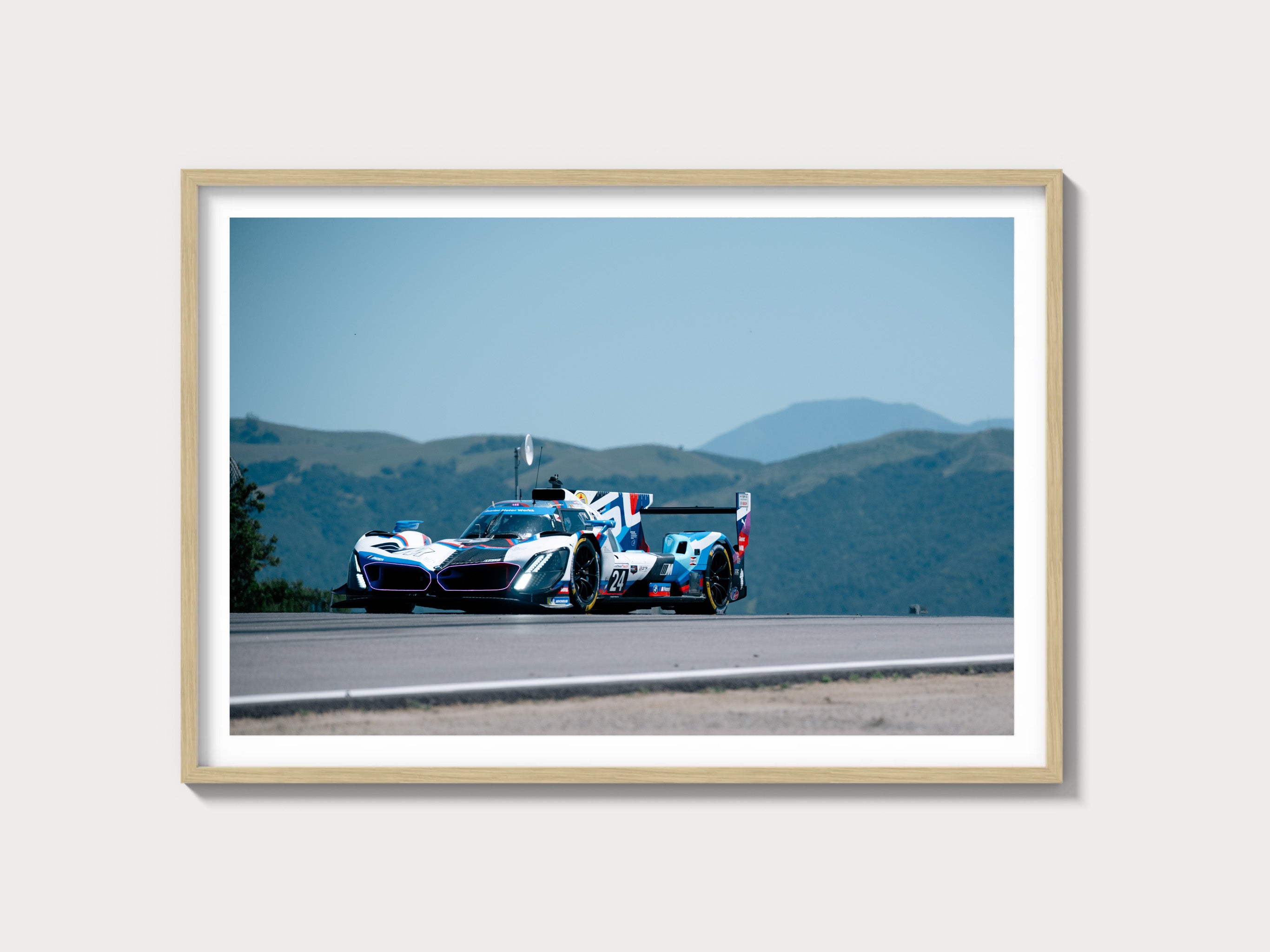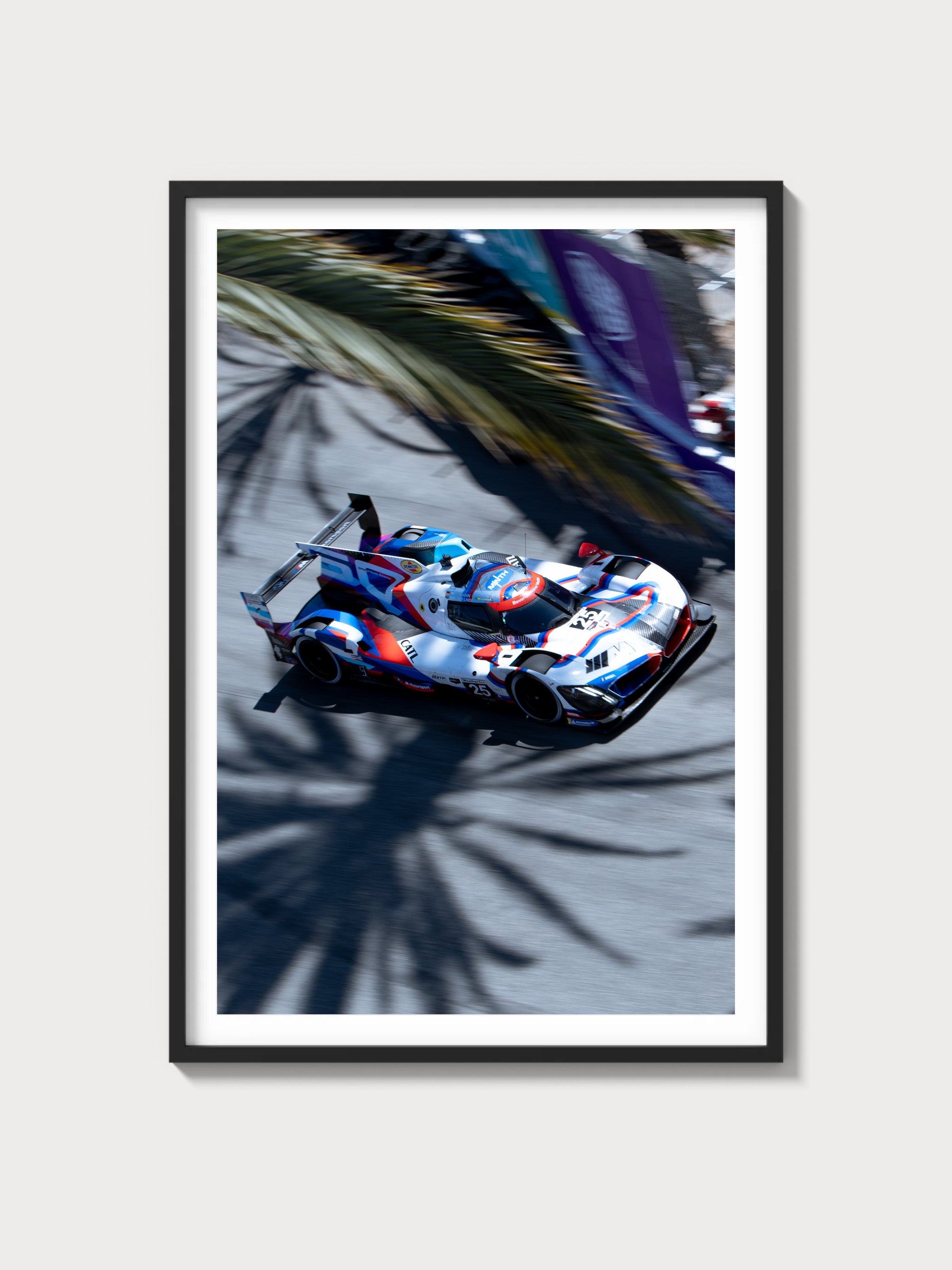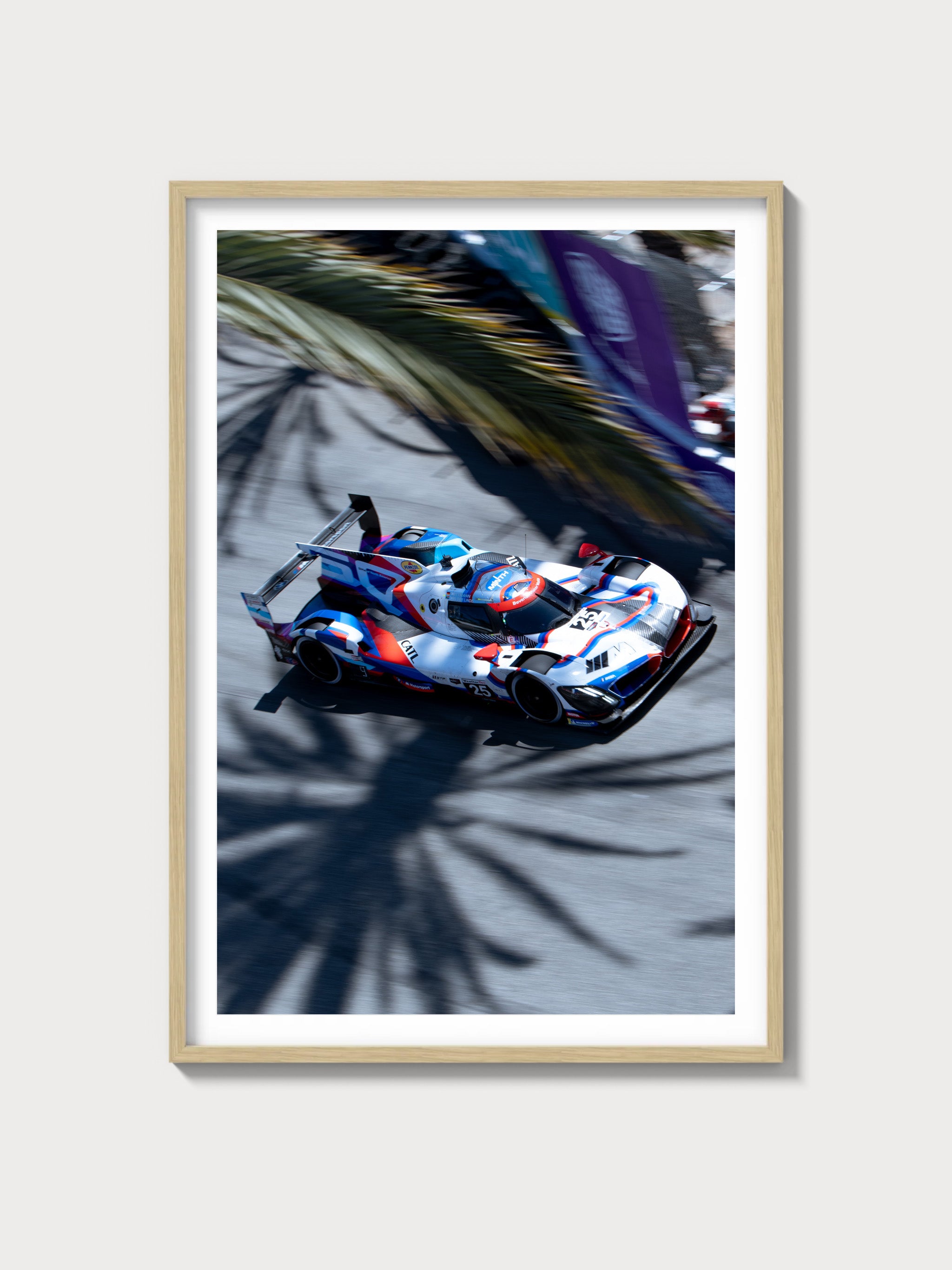1963–1967 Chevrolet Corvette C2: A Classic Redefined
Historical Context and Development Background
The Chevrolet Corvette C2, produced from 1963 to 1967, is a cornerstone of American automotive heritage. Emerging in a post-war era where innovation was paramount, the C2, or 'Sting Ray', was conceived under the guidance of Zora Arkus-Duntov, the 'Father of the Corvette'. The design, credited to Larry Shinoda under the direction of Bill Mitchell, was a departure from the previous generation's styling, introducing sharper lines and a more aggressive stance.
In motorsport, the C2 Corvette made its mark with impressive performances in SCCA competition, establishing itself as a formidable contender against European rivals such as Jaguar and Ferrari. The split-window coupe of 1963, a hallmark of automotive design, quickly became a symbol of the era.
Engine and Technical Specifications
| Specification | Details |
|---|---|
| Engine Configuration | V8 |
| Displacement | 5.3L - 7.0L |
| Horsepower | 250 hp - 375 hp |
| Induction Type | Natural Aspiration |
| Redline | 6,500 RPM |
| Fuel System | Carbureted |
| Compression Ratio | 10.5:1 |
| Bore/Stroke | 4.00 x 3.48 inches |
Driving Experience and Handling Dynamics
The C2 Corvette's driving dynamics were revolutionary for its time. The introduction of independent rear suspension was a game-changer, providing unprecedented handling capabilities. The steering was precise, and the throttle response was immediate, delivering a visceral connection between driver and machine. Gearboxes varied from the standard 3-speed manual to the optional 4-speed, offering flexibility in driving styles.
Full Performance Specifications
| Performance Metric | Details |
|---|---|
| 0–60 mph | 5.6 seconds |
| Top Speed | 150 mph |
| Quarter Mile | 14.1 seconds |
| Weight | 3,150 lbs |
| Layout | FR (Front-engine, Rear-wheel-drive) |
| Brakes | Disc (from 1965 onwards) |
| Suspension | Independent front and rear |
| Gearbox Type | 3-speed manual/4-speed manual/2-speed automatic |
Variant Breakdown
- 1963 Corvette Sting Ray Split-Window Coupe: Notable for its unique rear window design, approximately 10,594 units produced.
- 1965 Corvette 396: Introduced the big-block engine, 2,157 units produced.
- 1967 Corvette L88: A rare performance variant with only 20 units produced, featuring a 427 cu in engine.
Ownership Notes
Owning a C2 Corvette is a commitment to preservation. Parts availability is robust, with a thriving aftermarket. Restoration can be challenging due to the model's complexity and the need for authenticity in parts and materials. Regular maintenance, including fluid checks and tuning, is essential to keep these classics roadworthy.
Cultural Relevance
The C2 Corvette's cultural impact is profound. It graced the silver screen in films such as 'Corvette Summer' and was immortalized in numerous songs. Its desirability remains high among collectors, with auction prices reflecting its iconic status, often reaching six-figure sums. The racing legacy, particularly in the hands of privateers, solidified its place in motorsport history.
FAQs
Is the C2 Corvette reliable? While it requires attentive maintenance, the C2 is generally reliable thanks to its robust engineering.
What are the common problems with the C2 Corvette? Issues often include electrical gremlins and cooling system inefficiencies, particularly in hotter climates.
How has the value of the C2 Corvette trended over the years? The value of the C2 Corvette has appreciated steadily, with rare models like the L88 fetching exceptional prices at auction.

